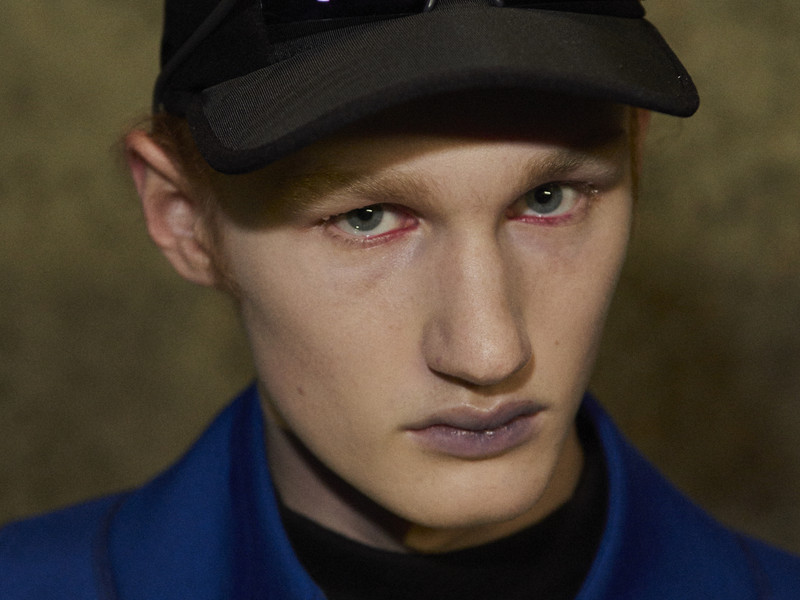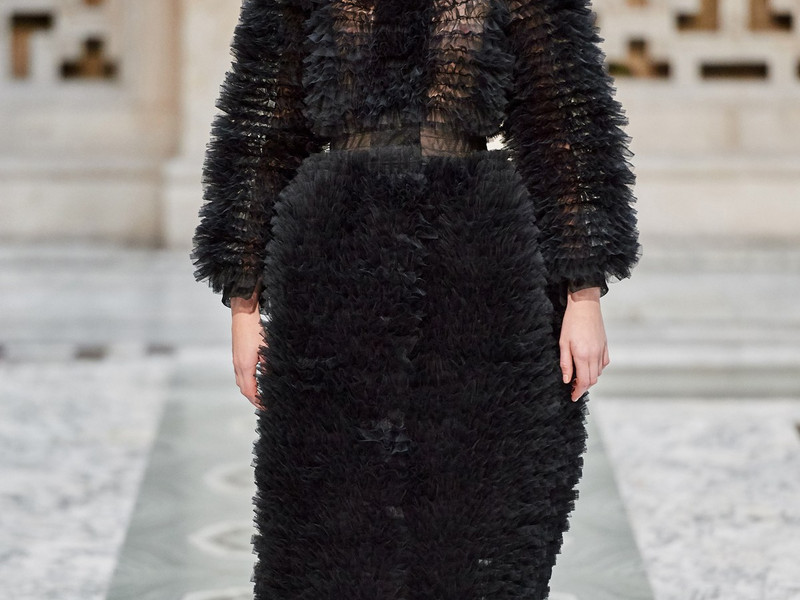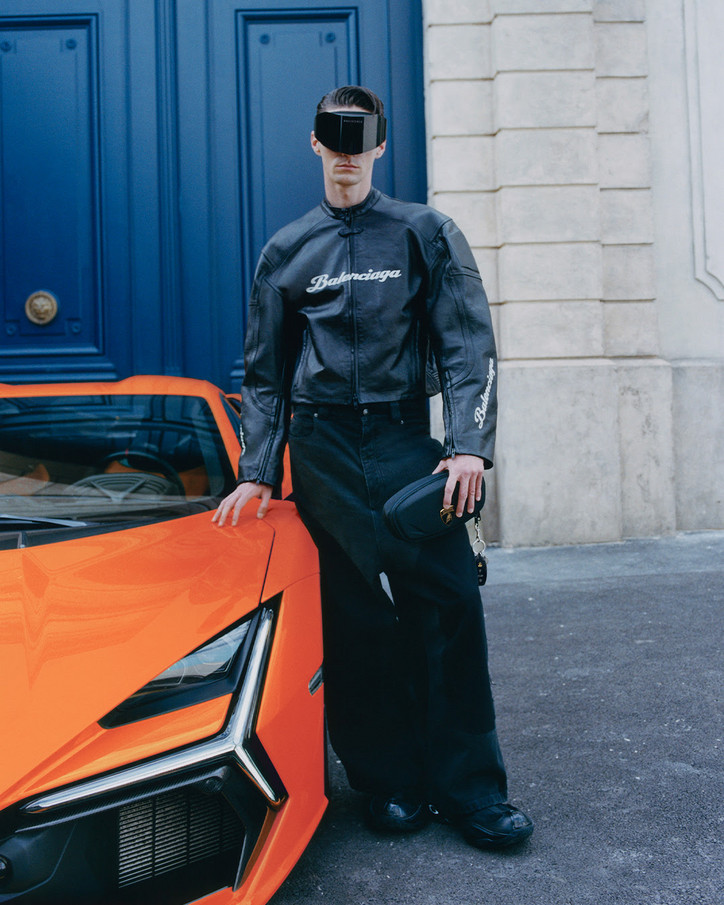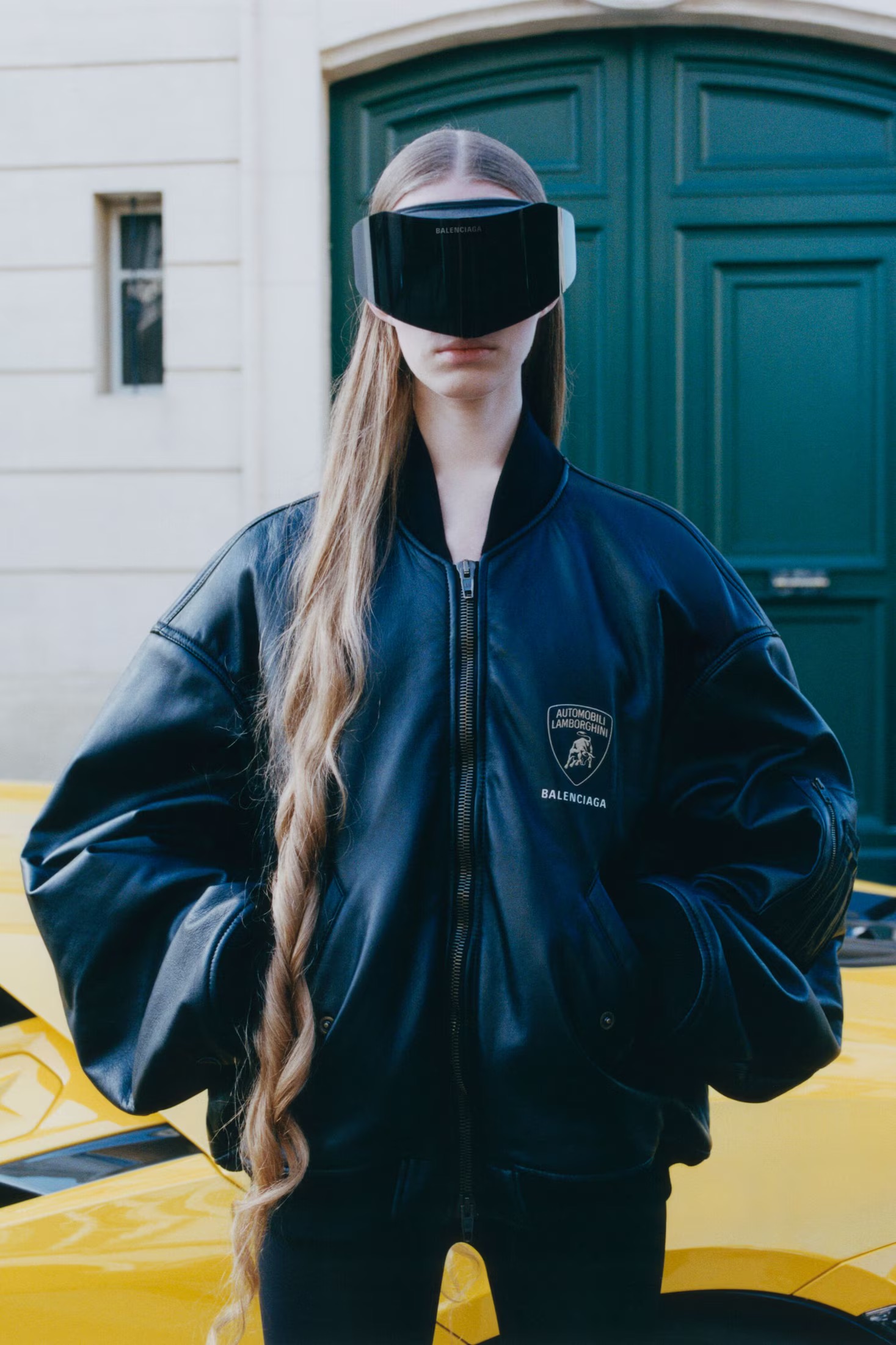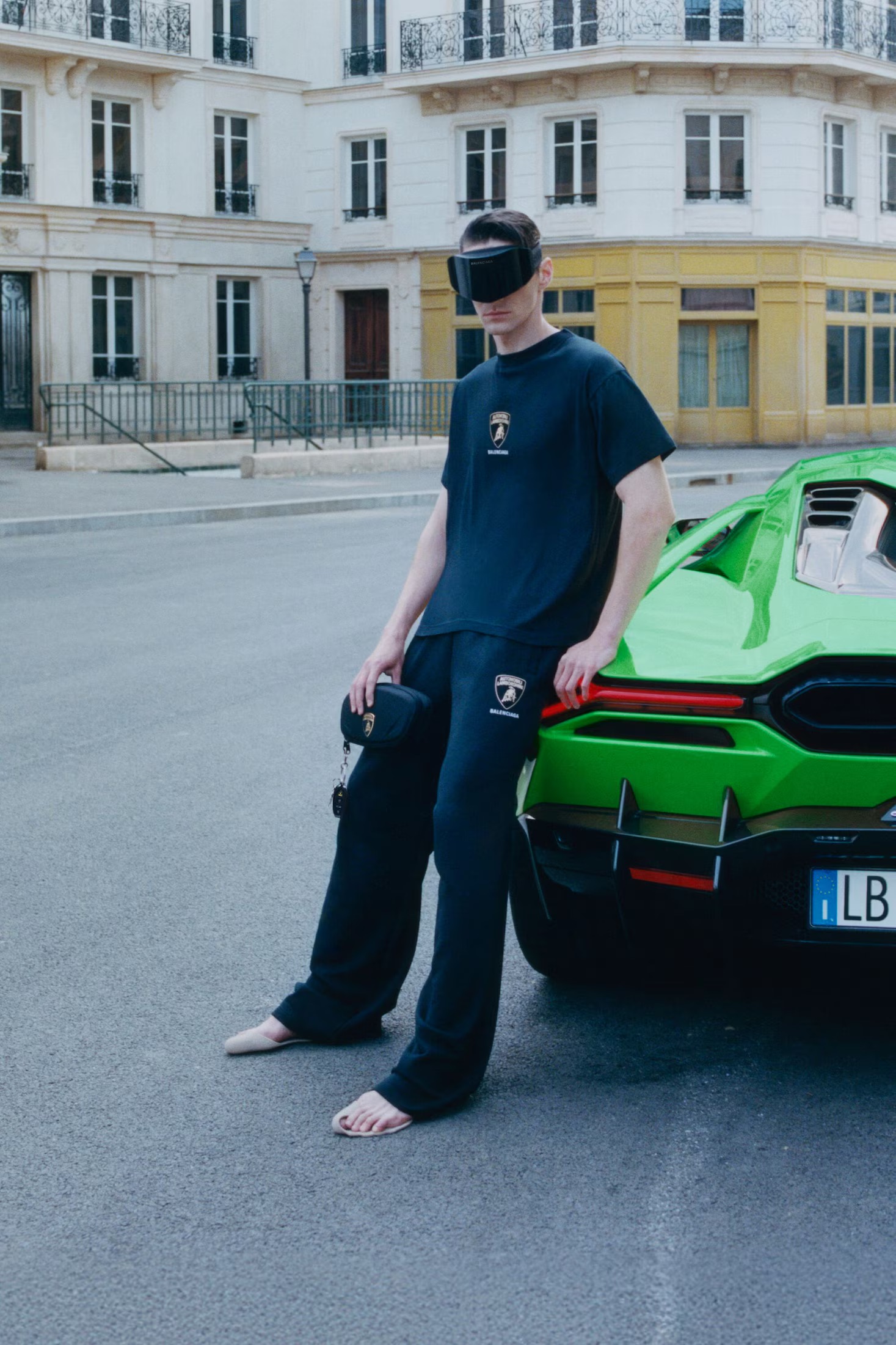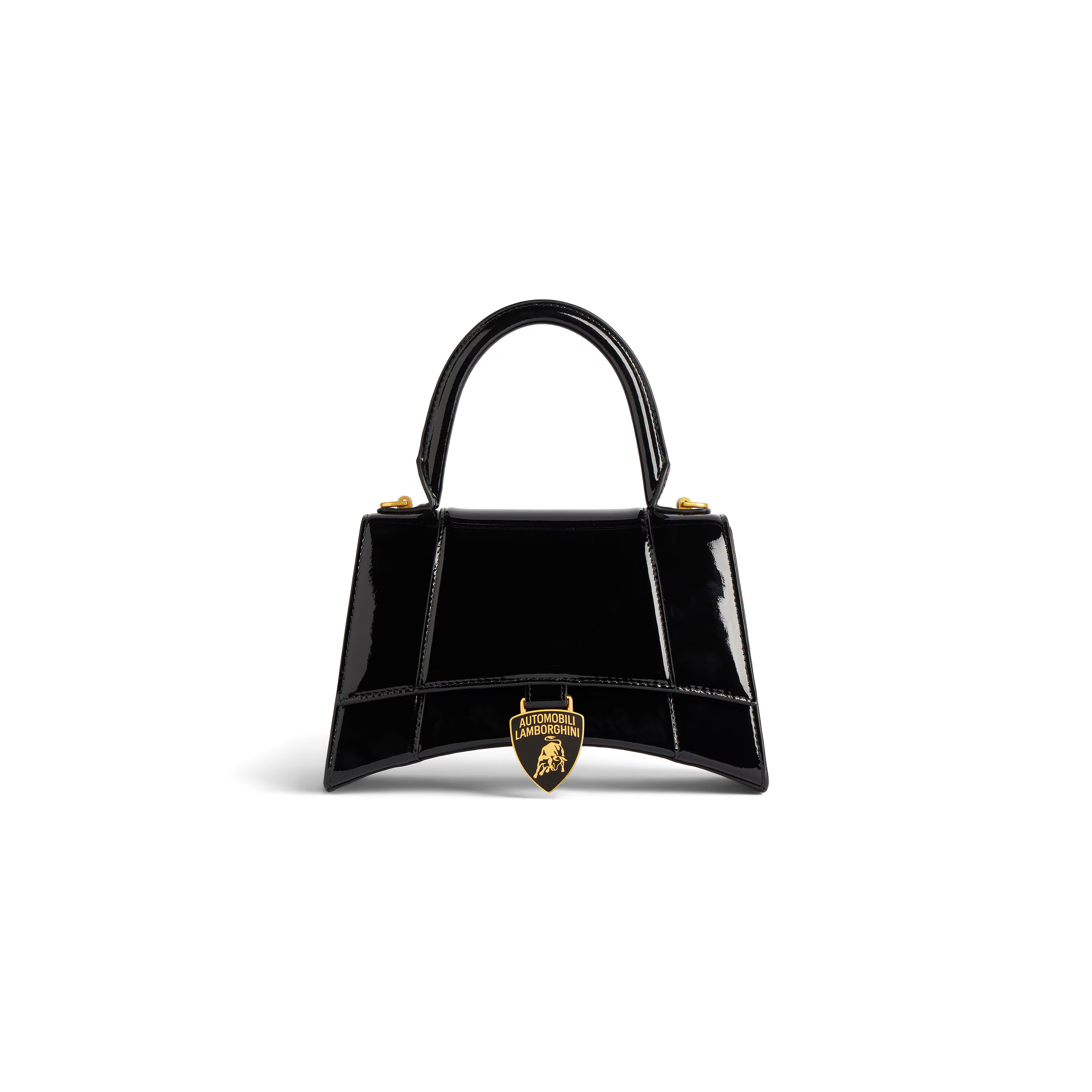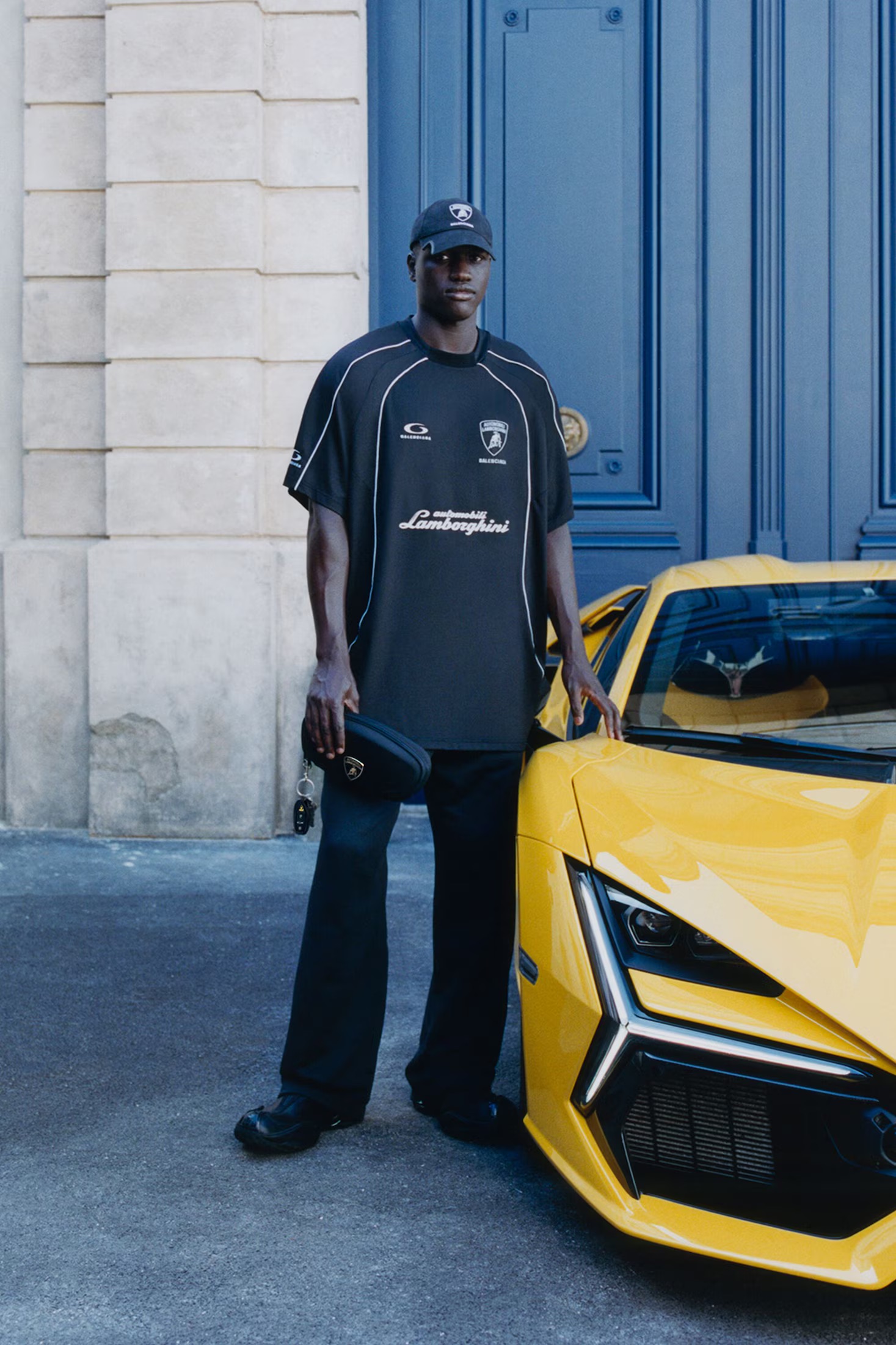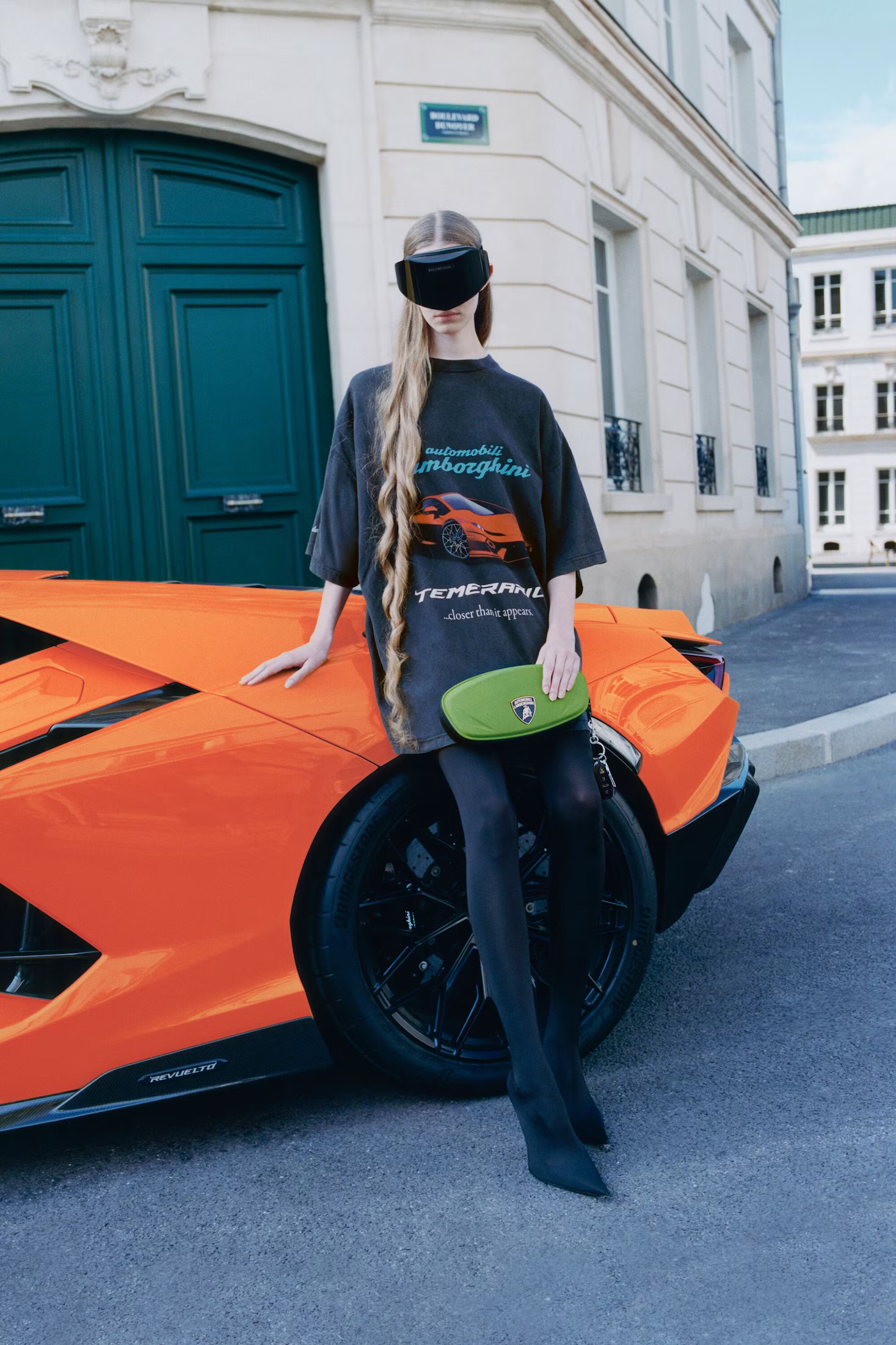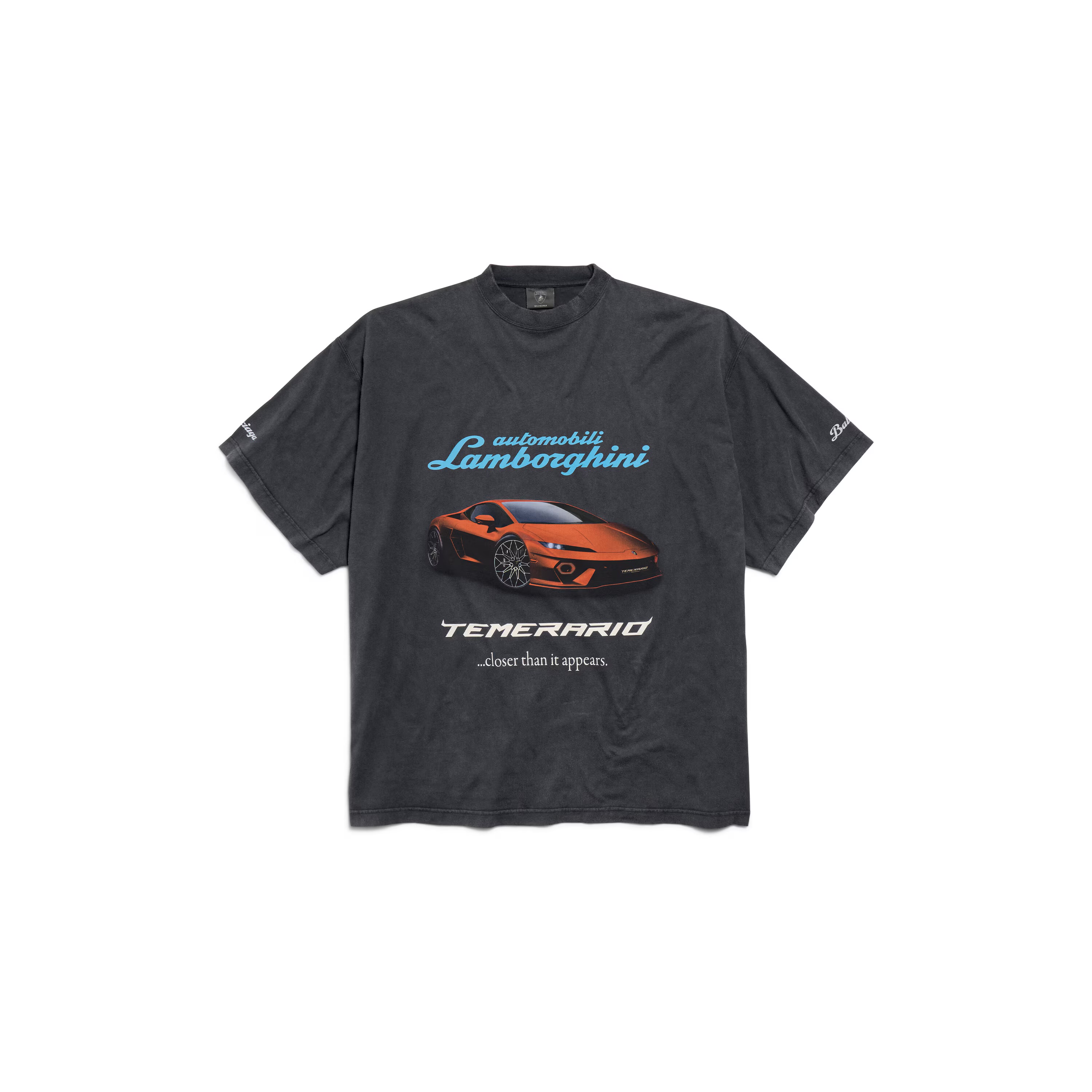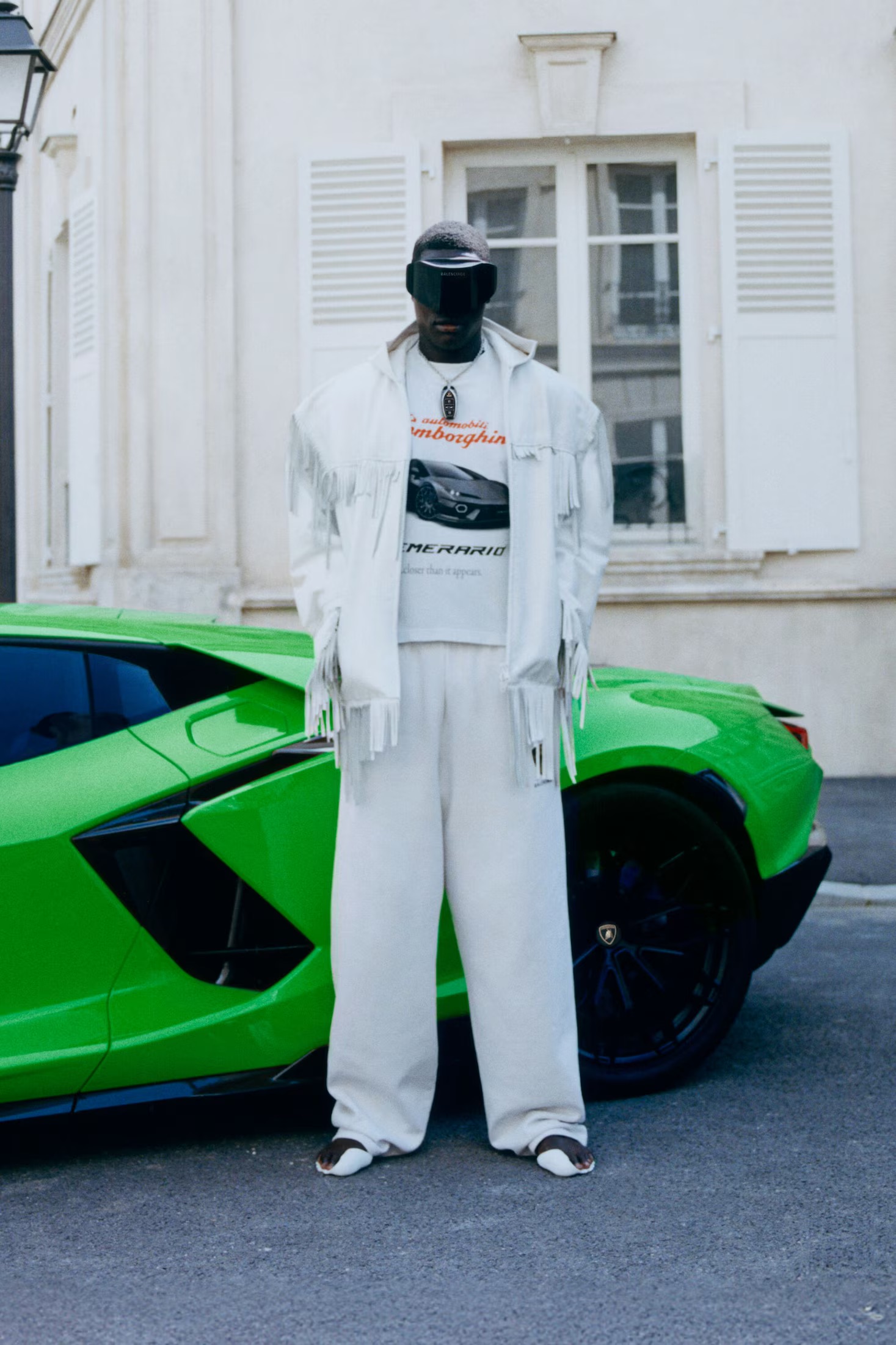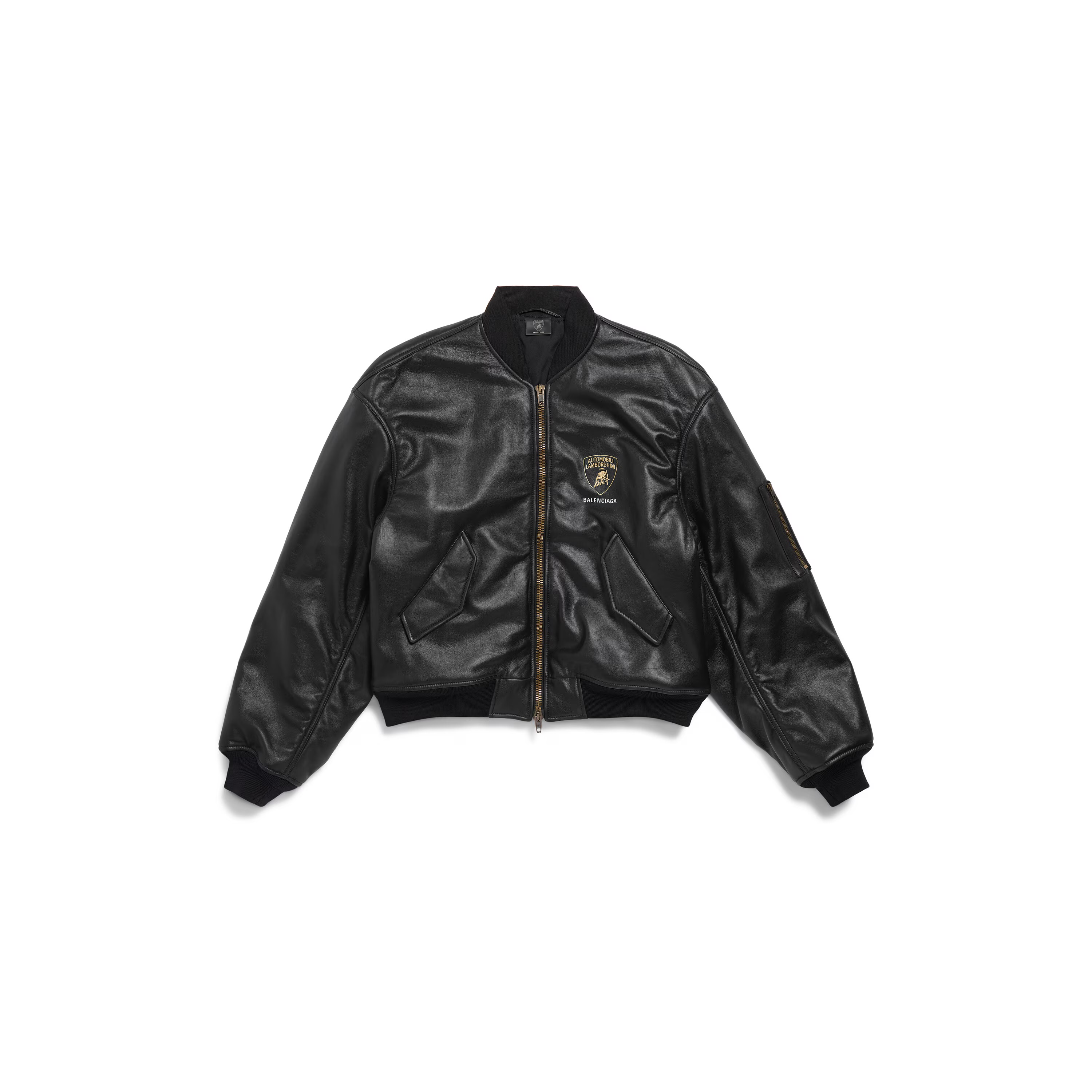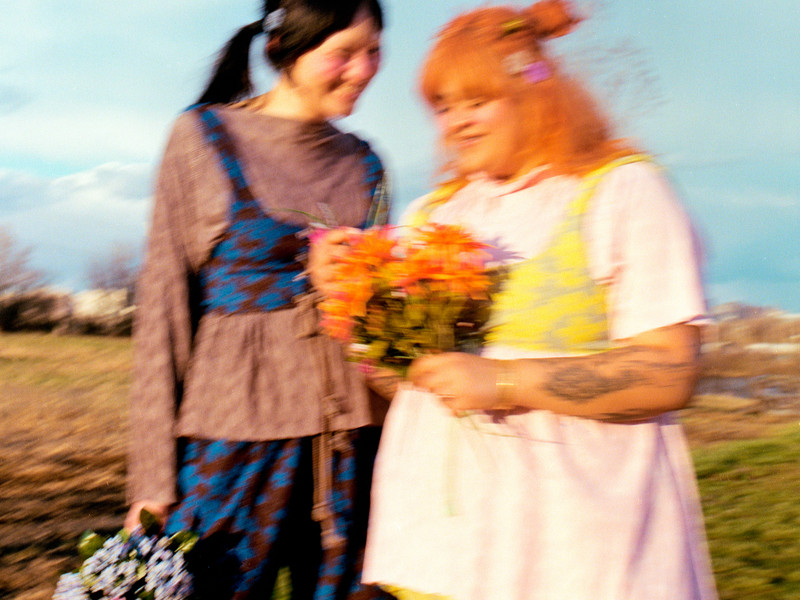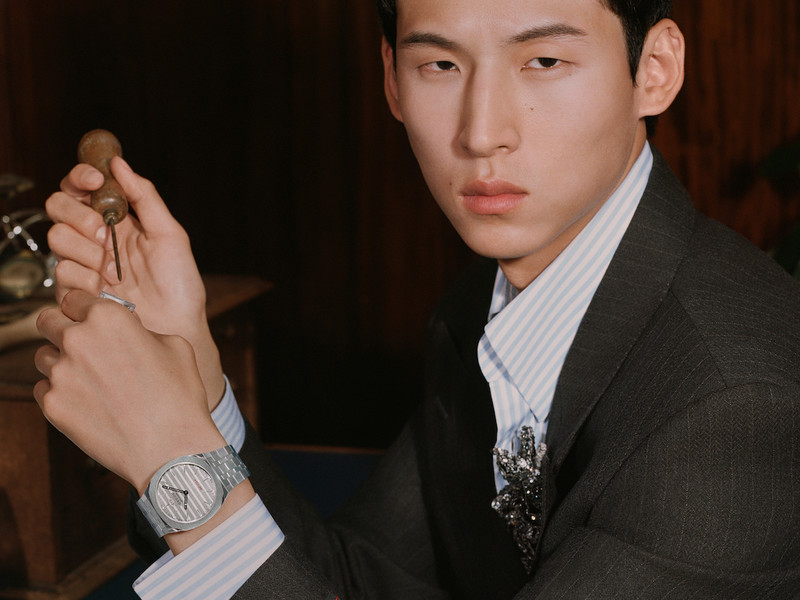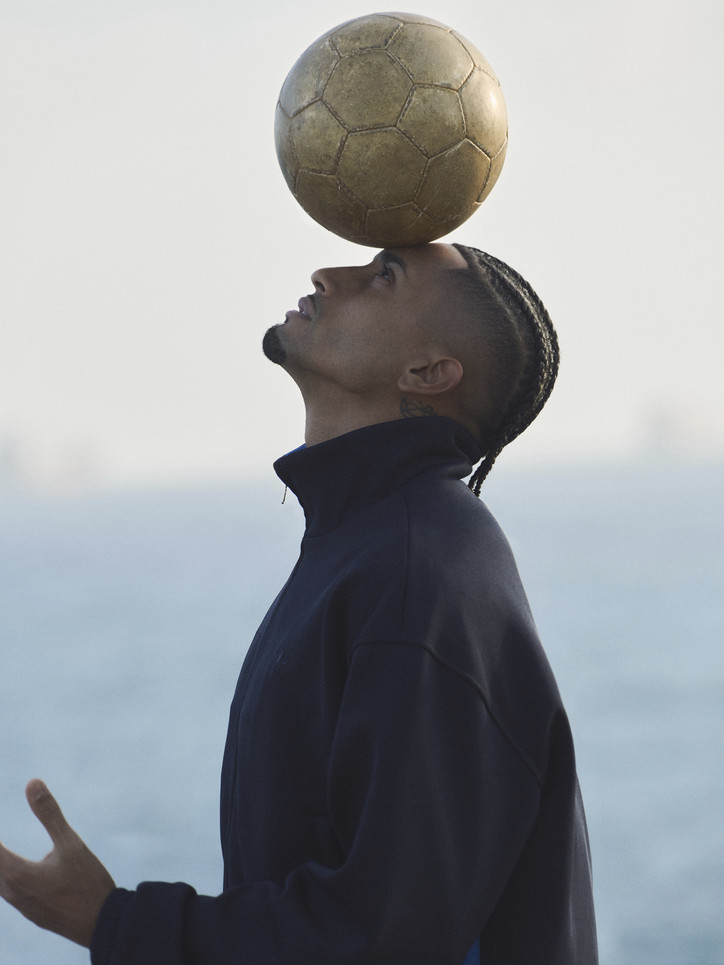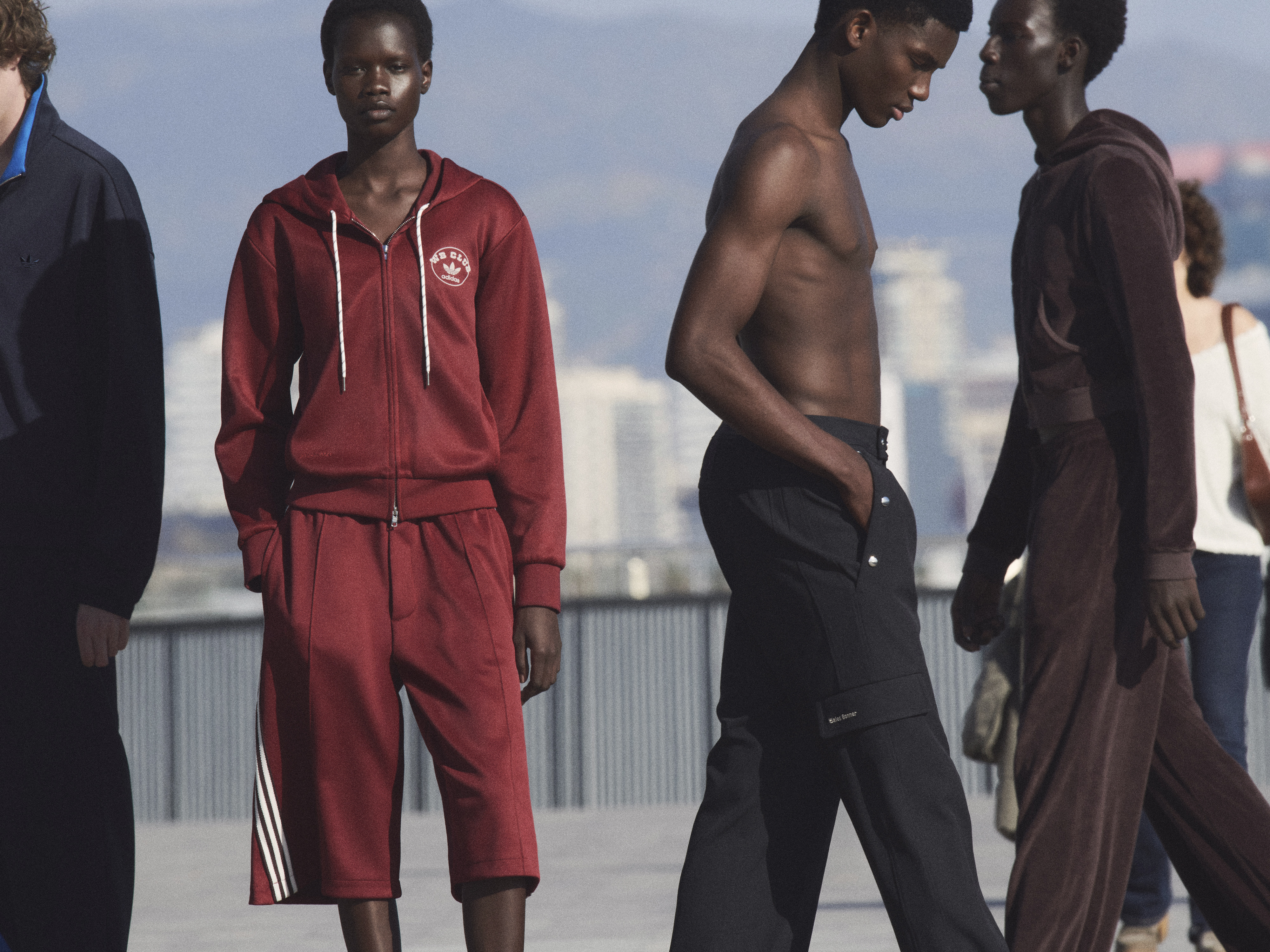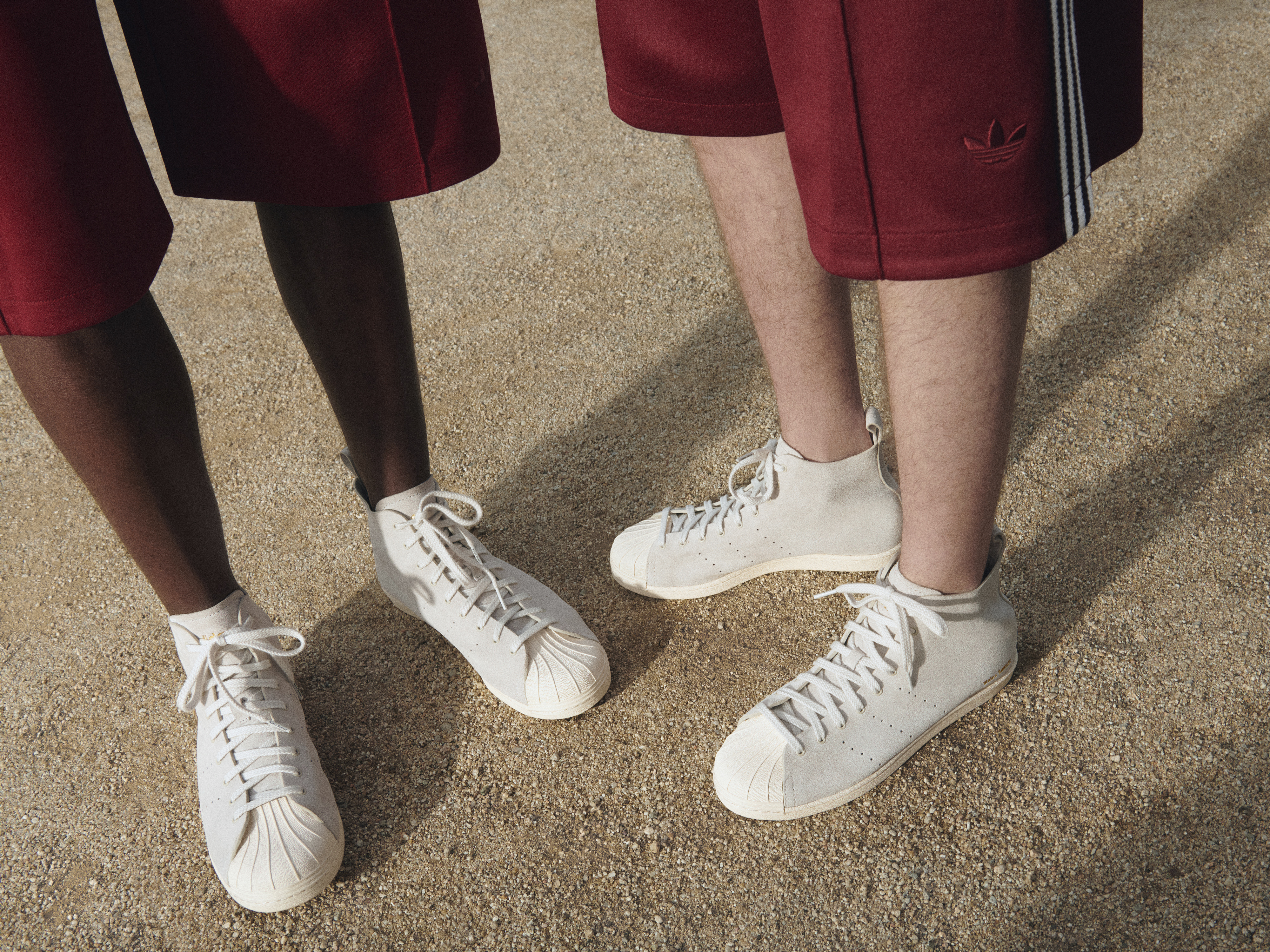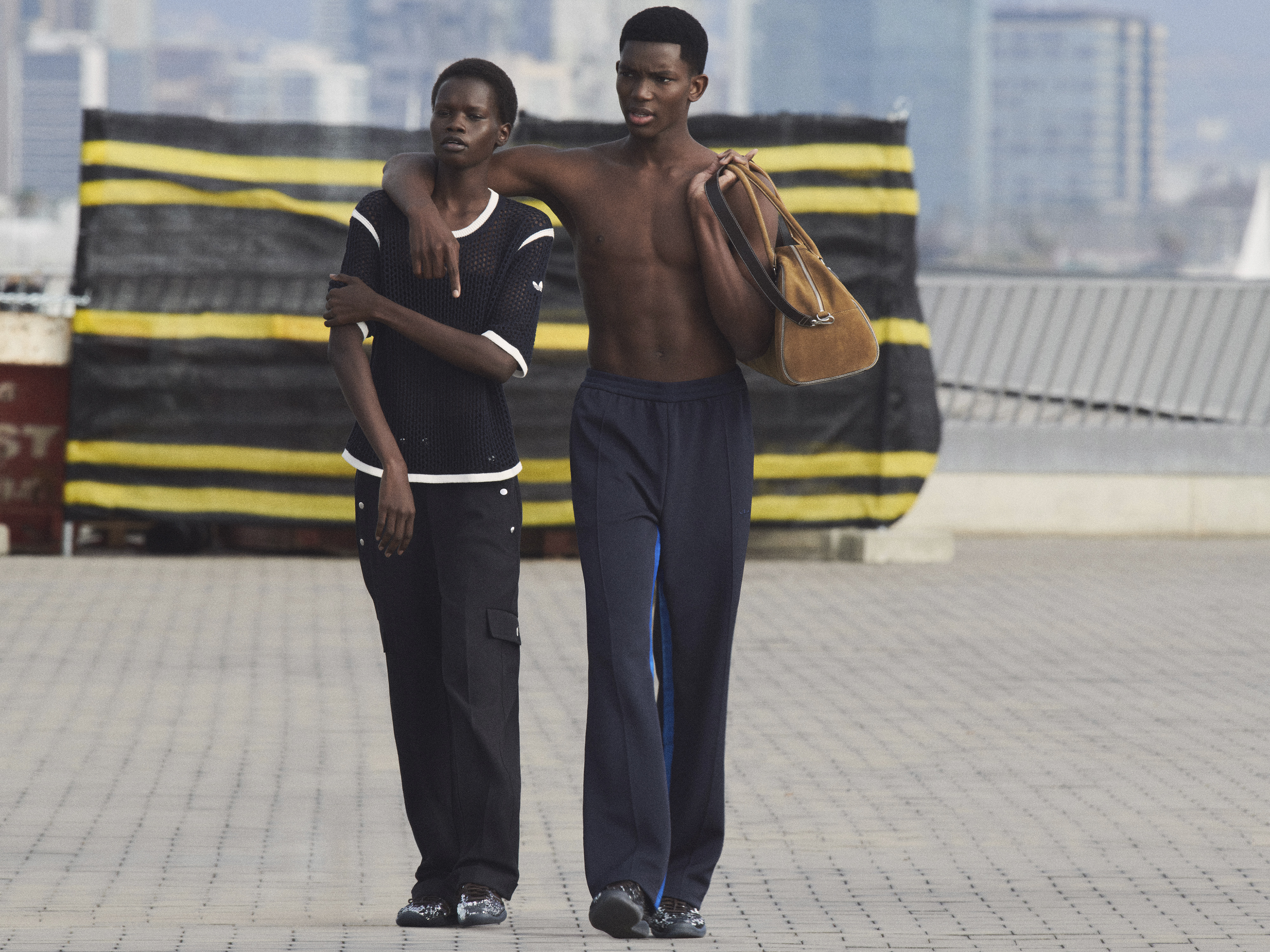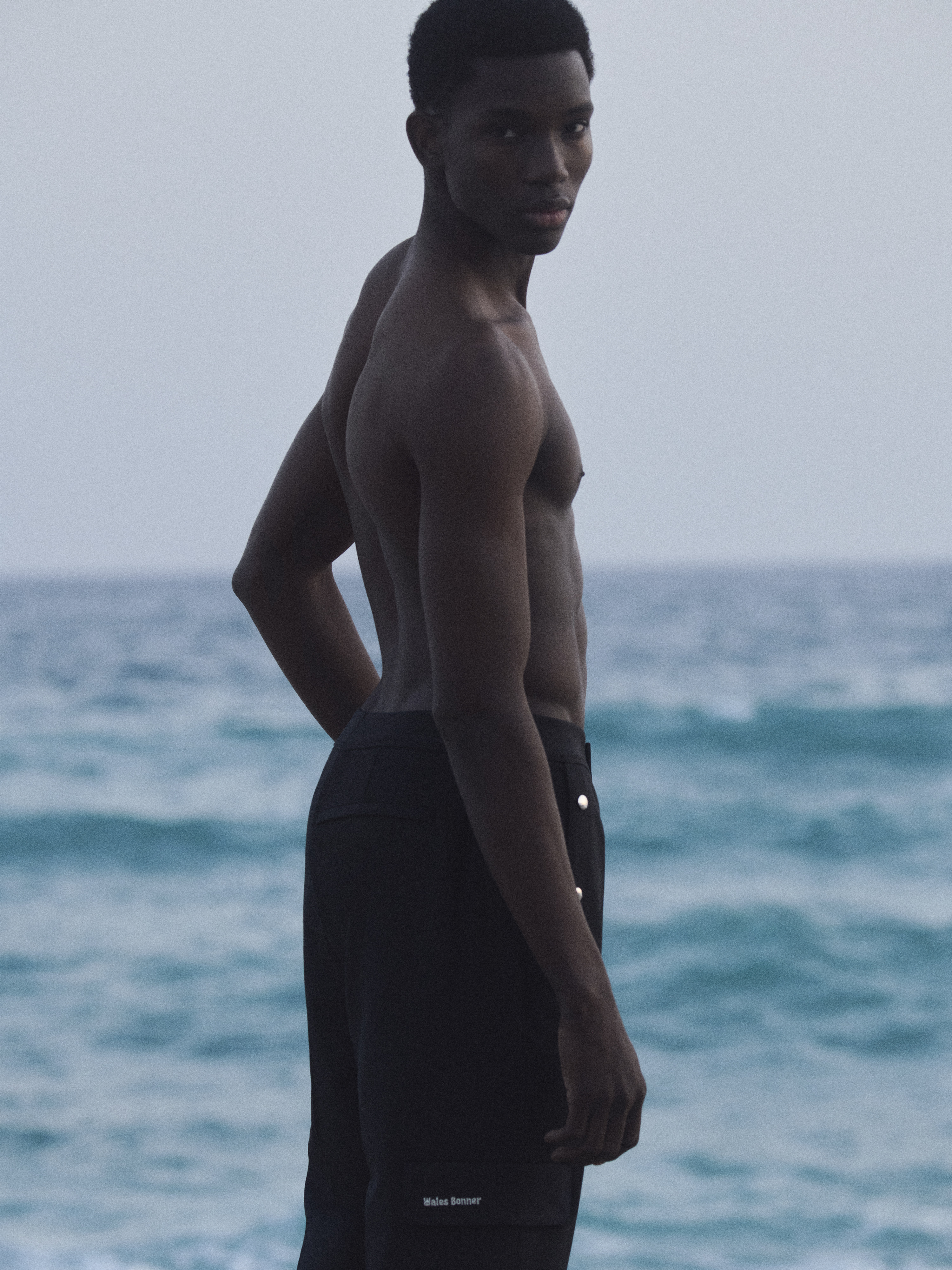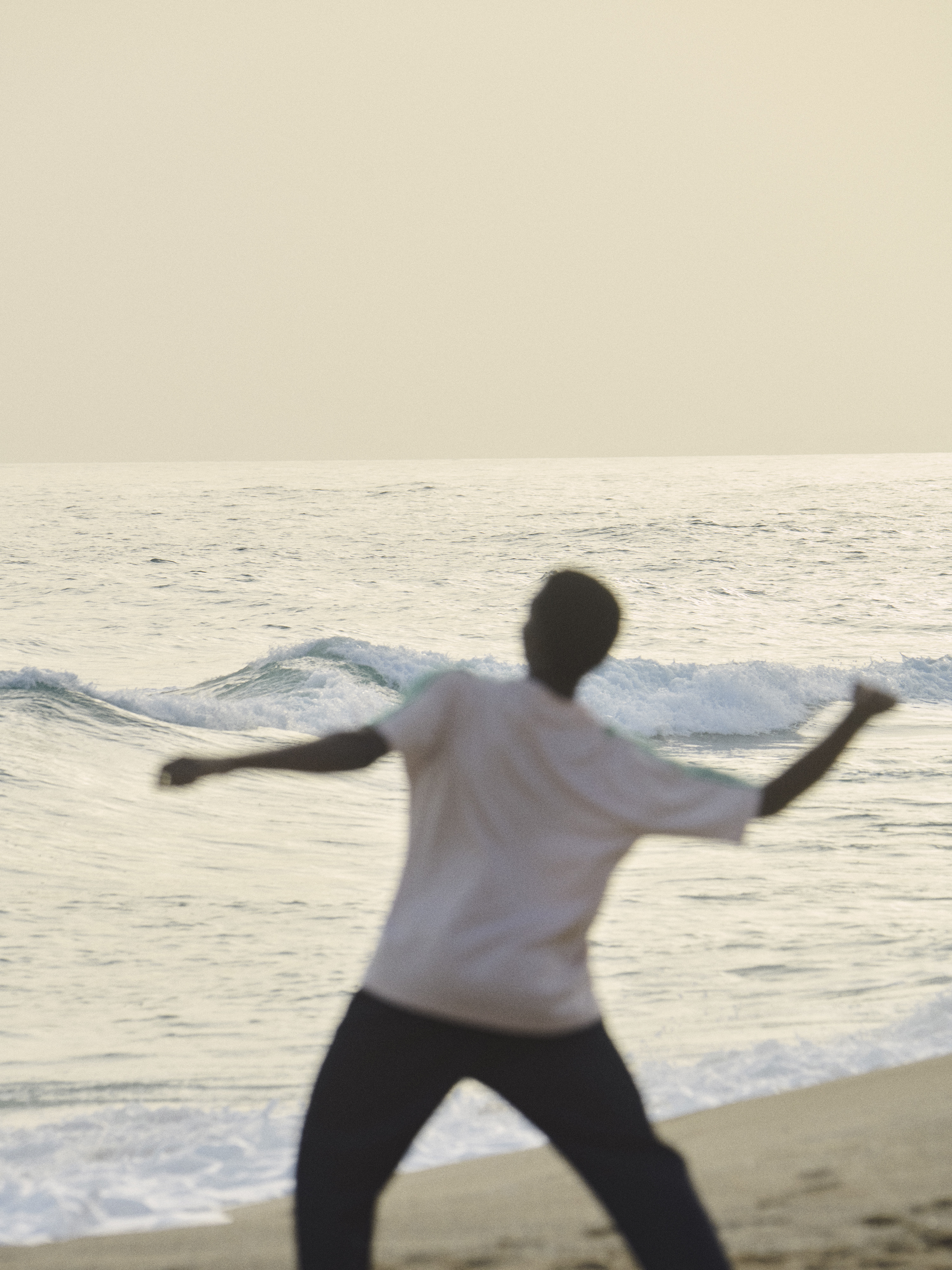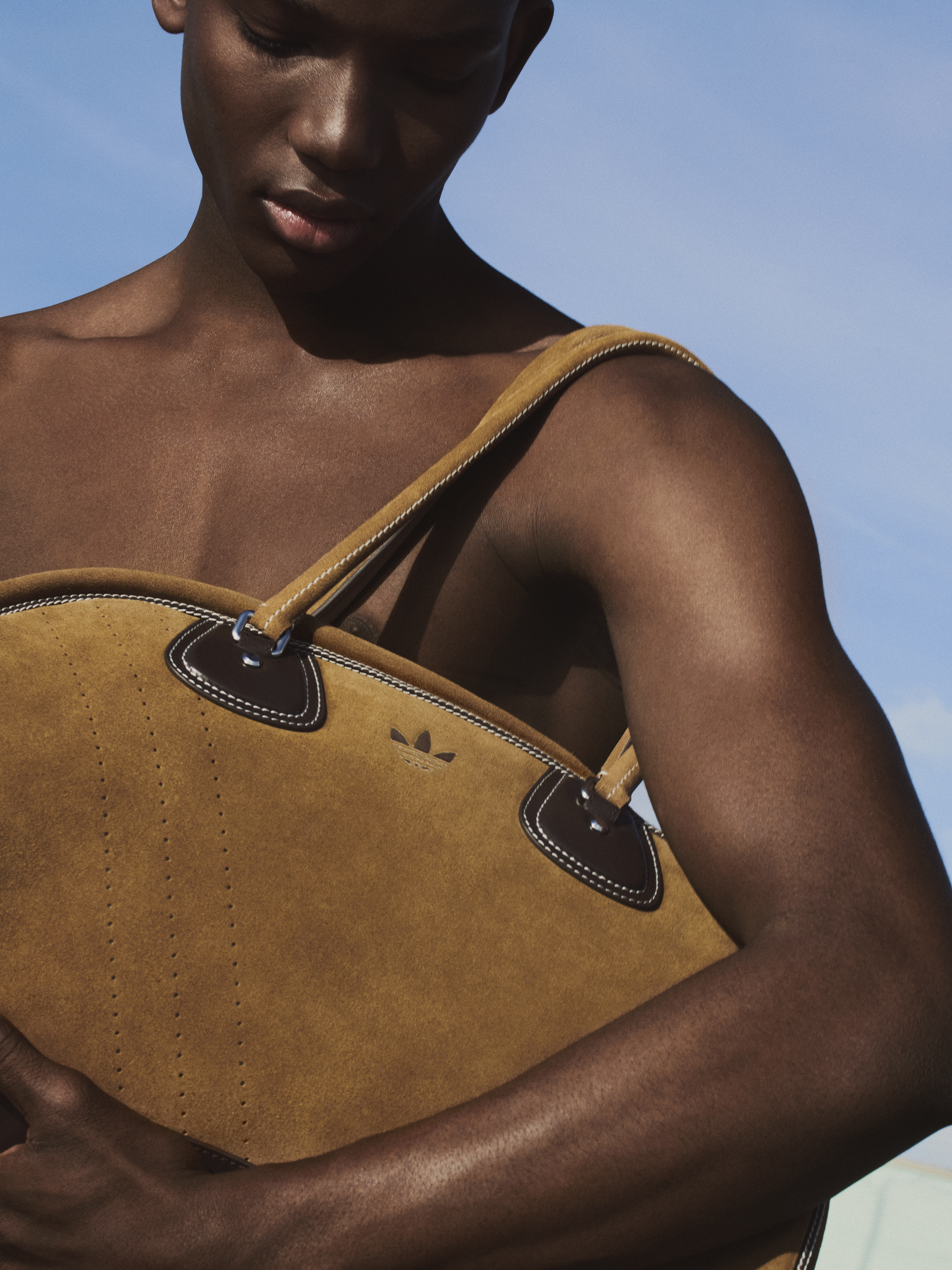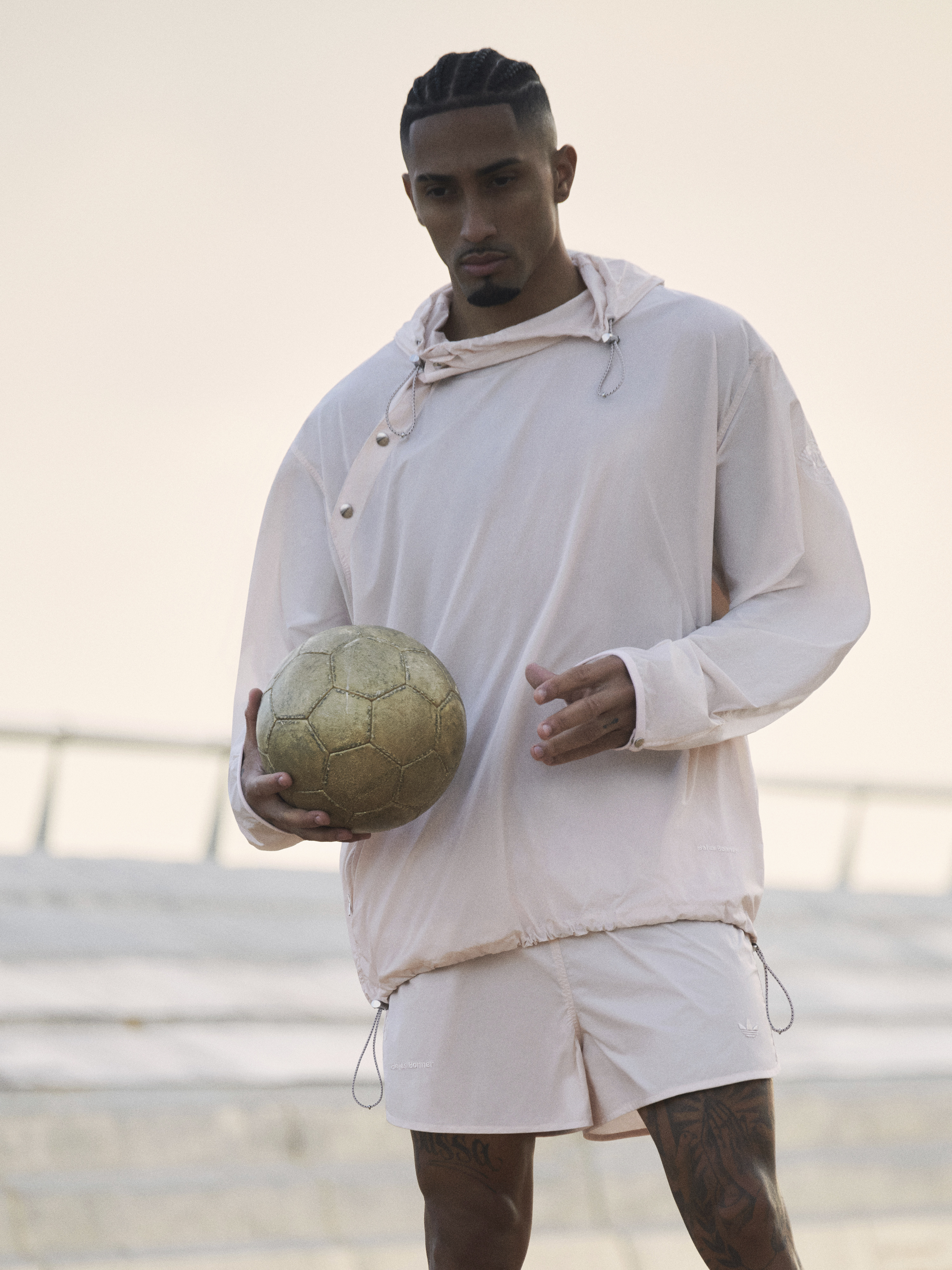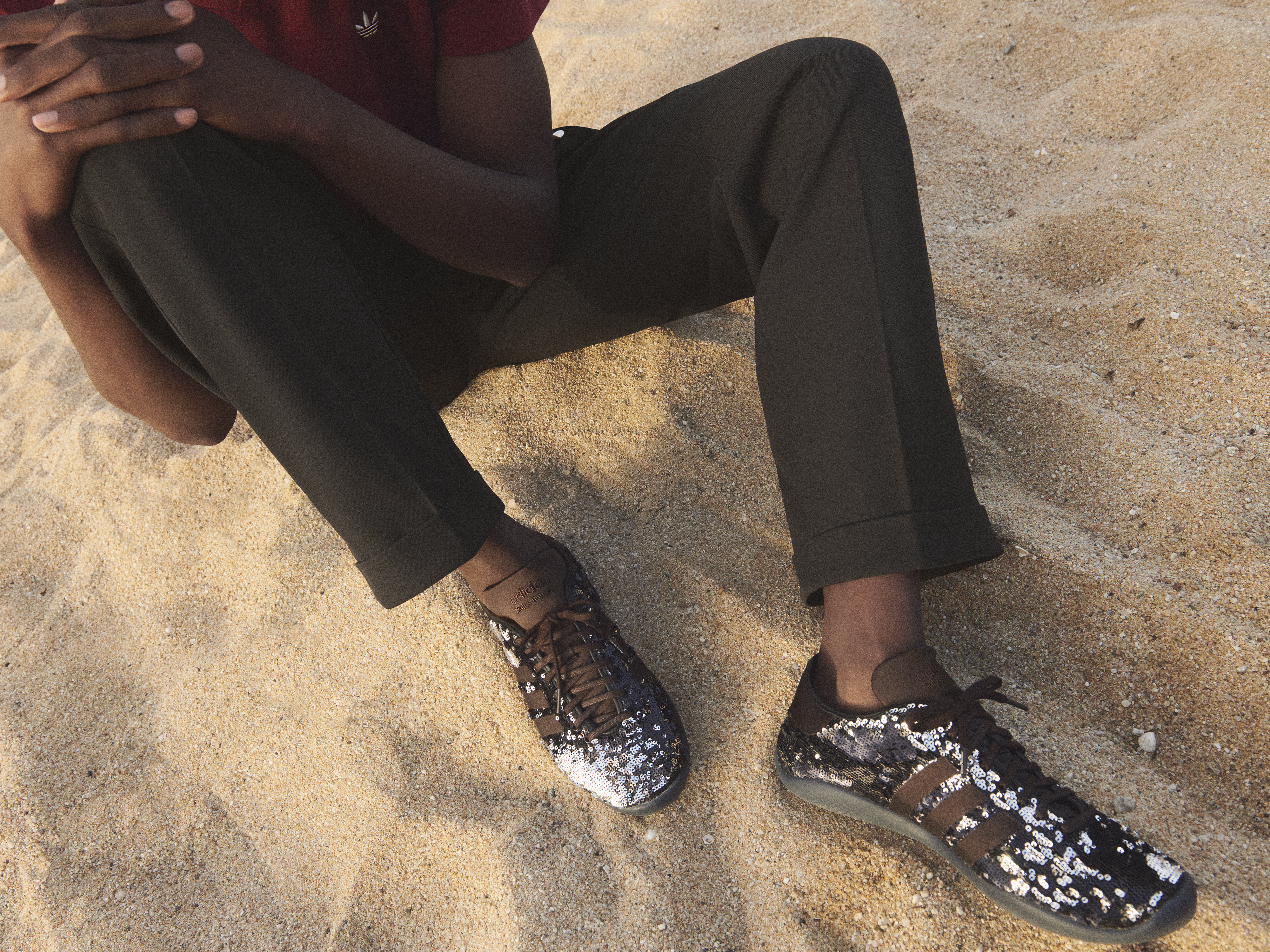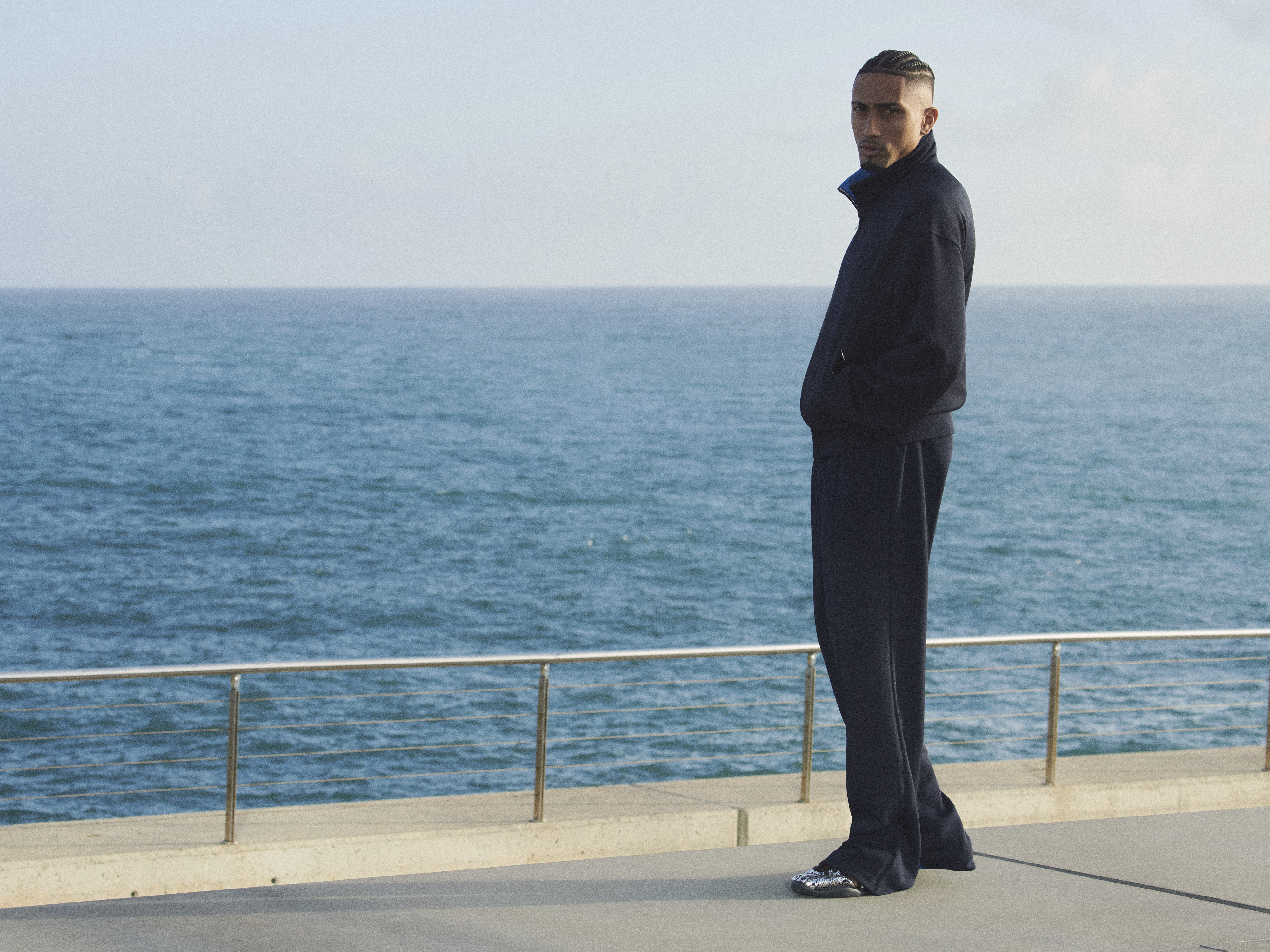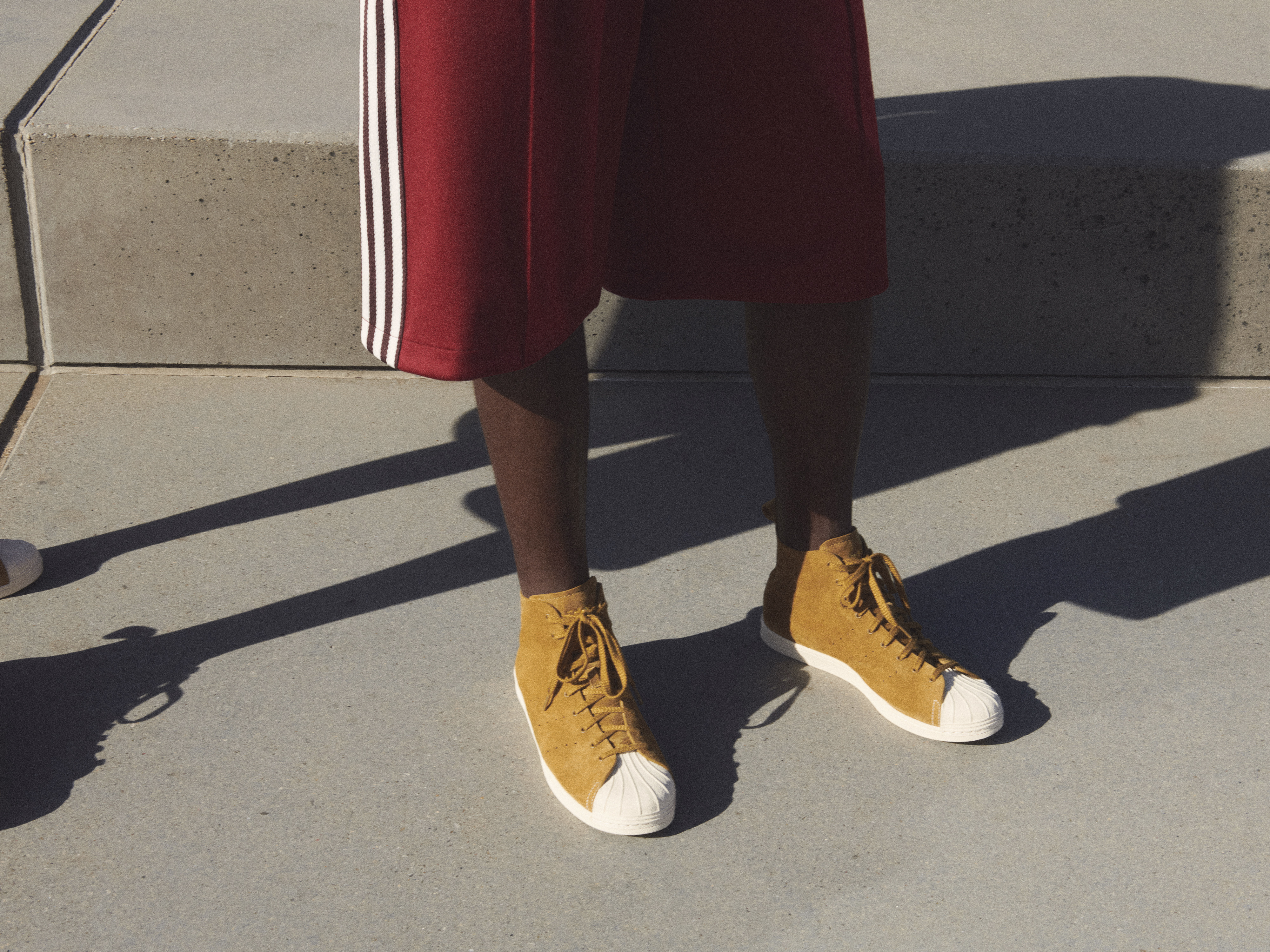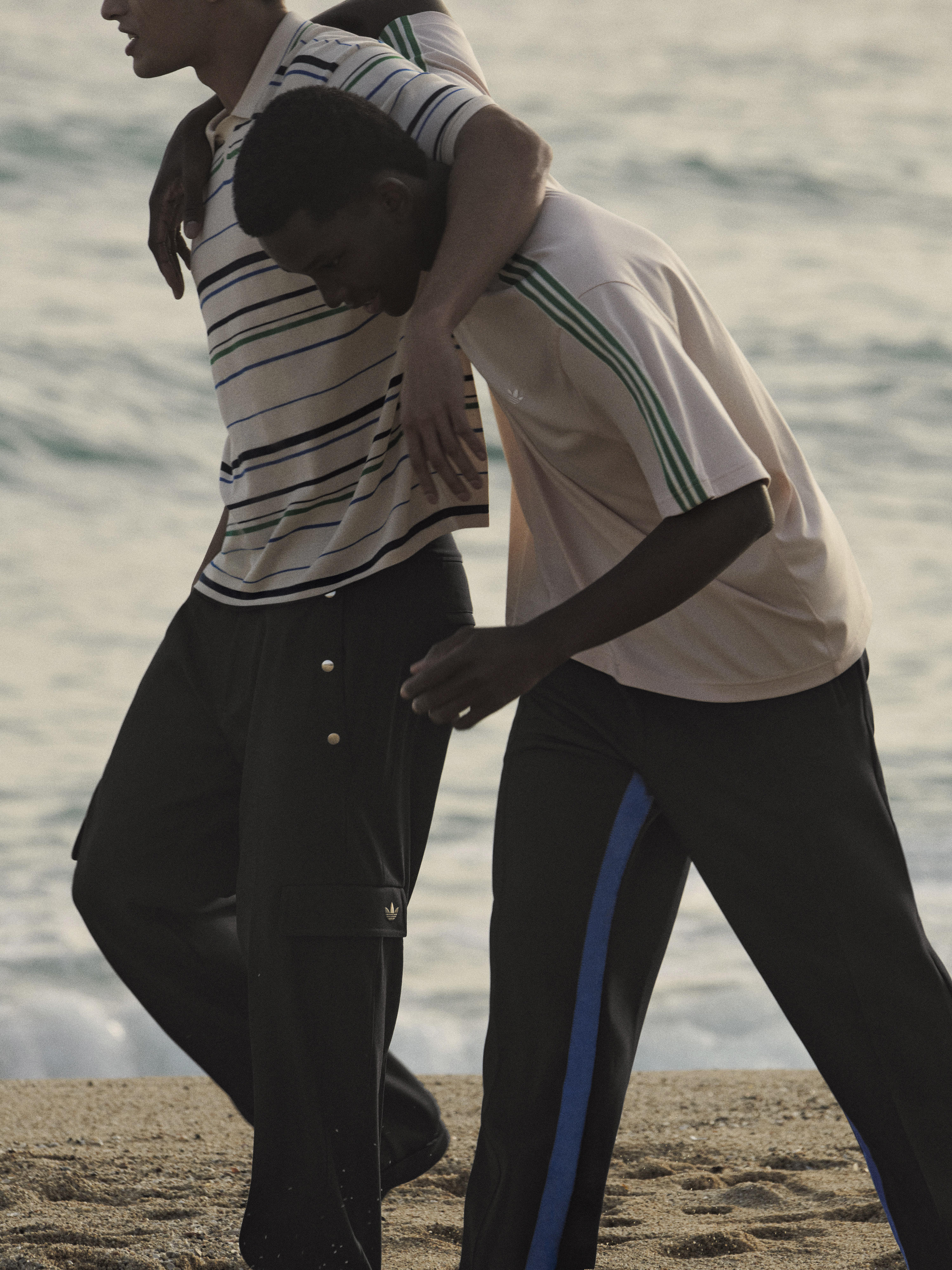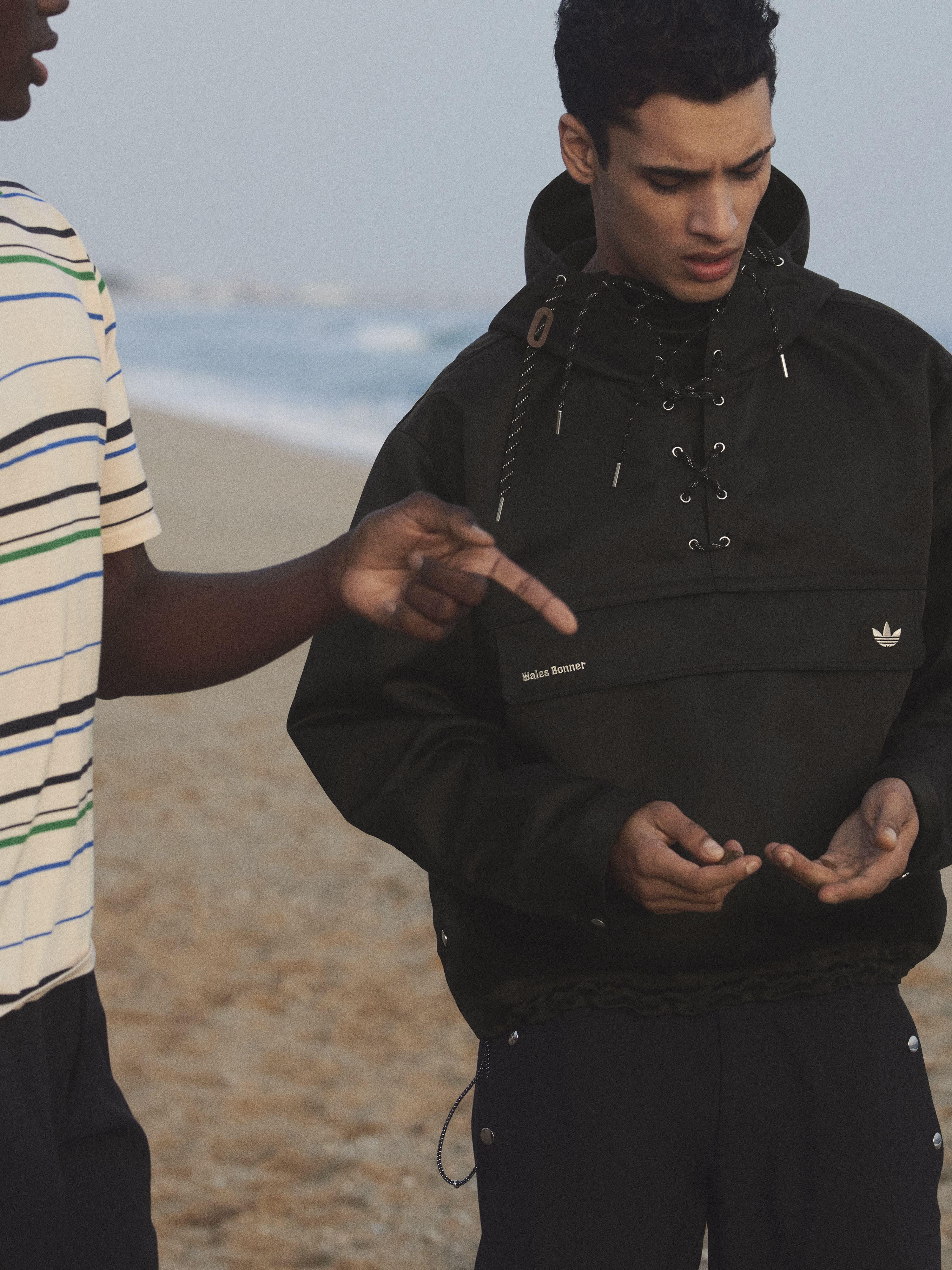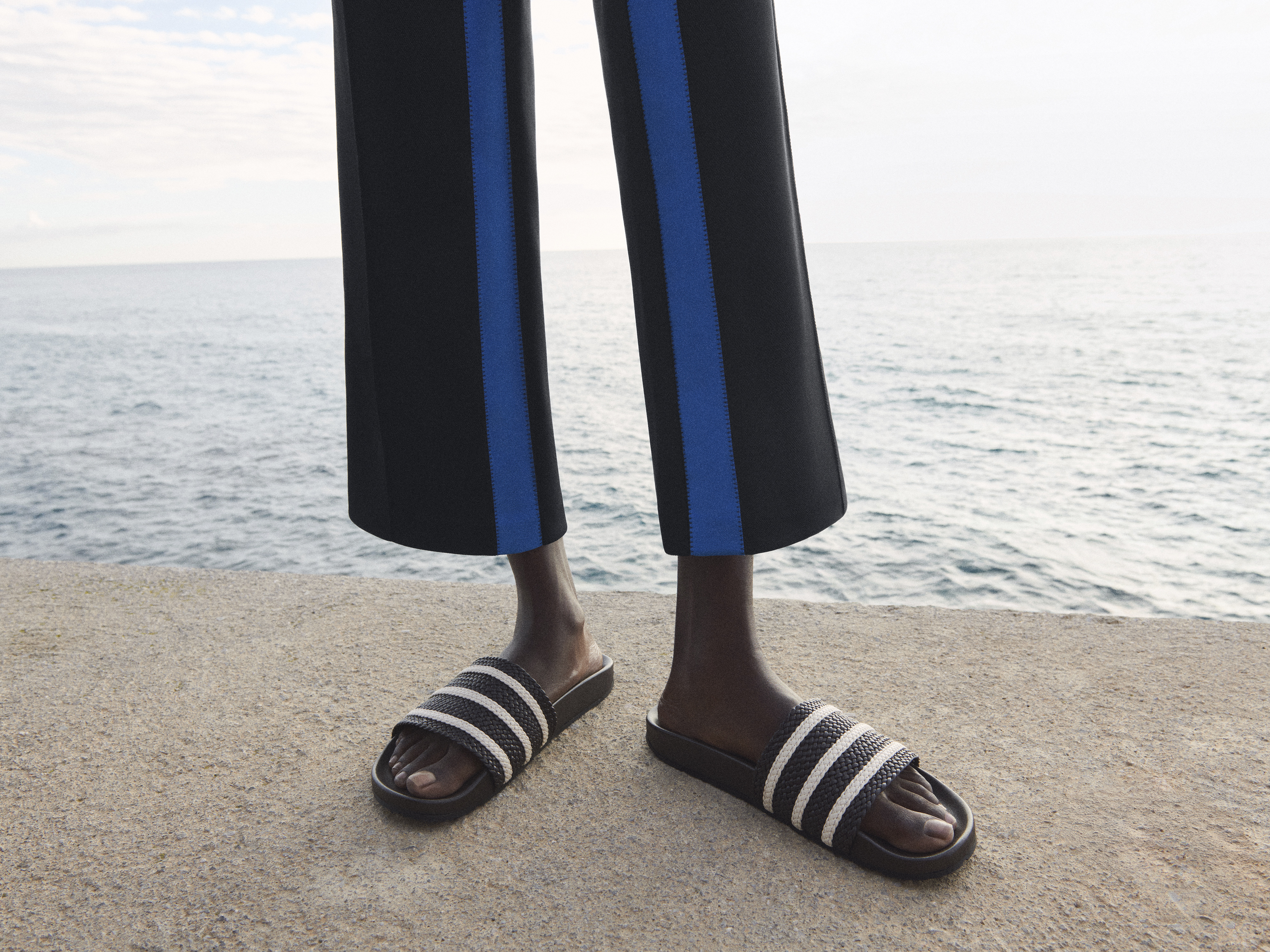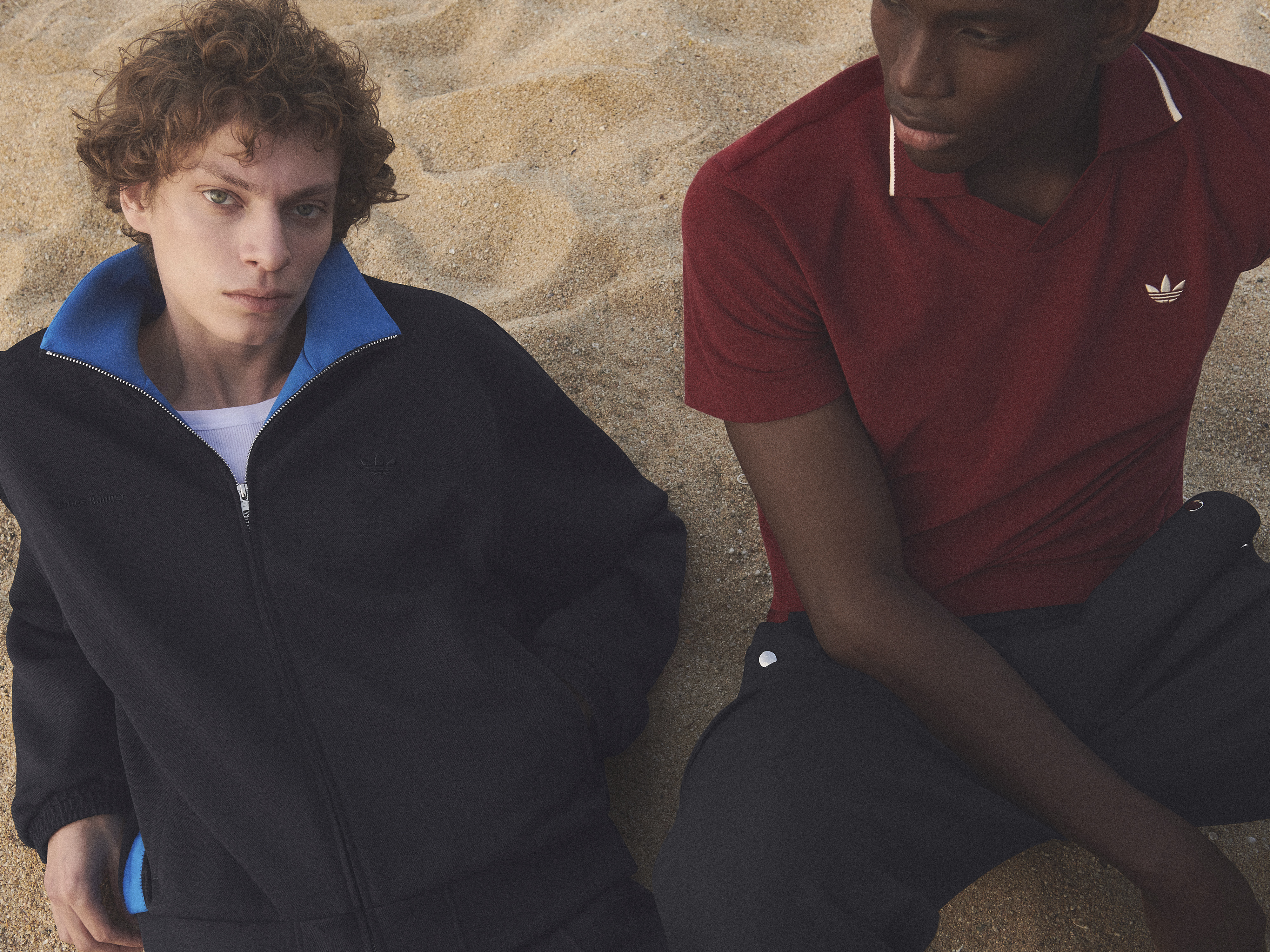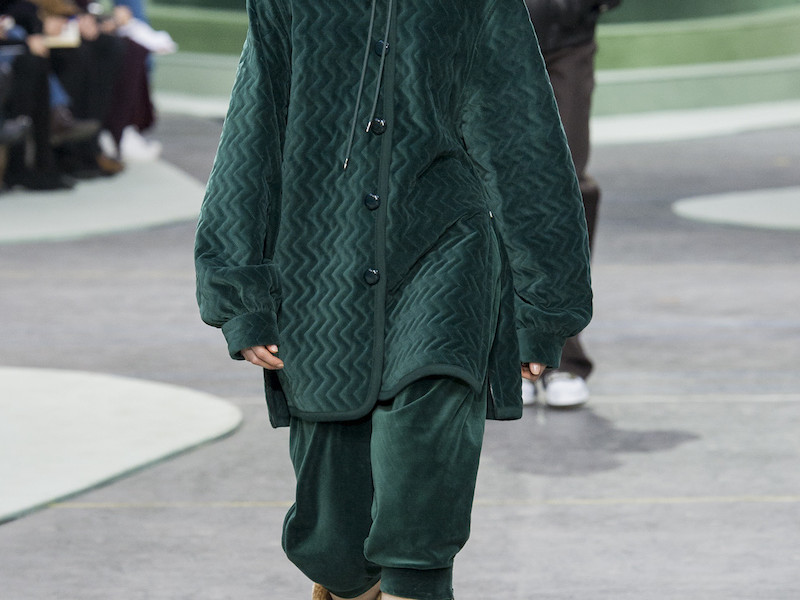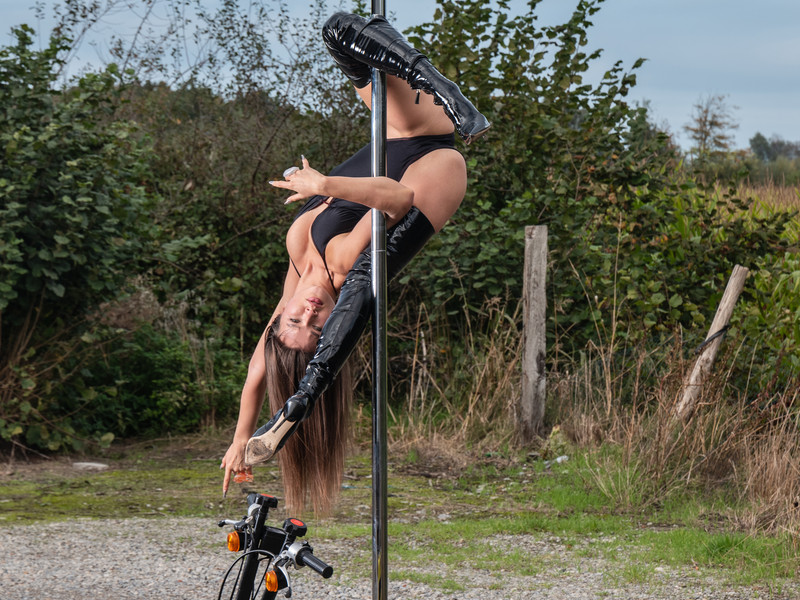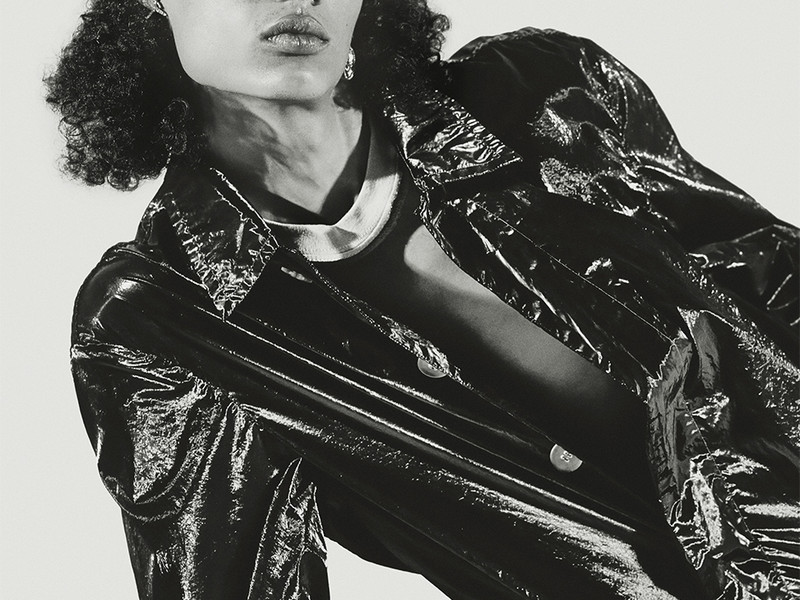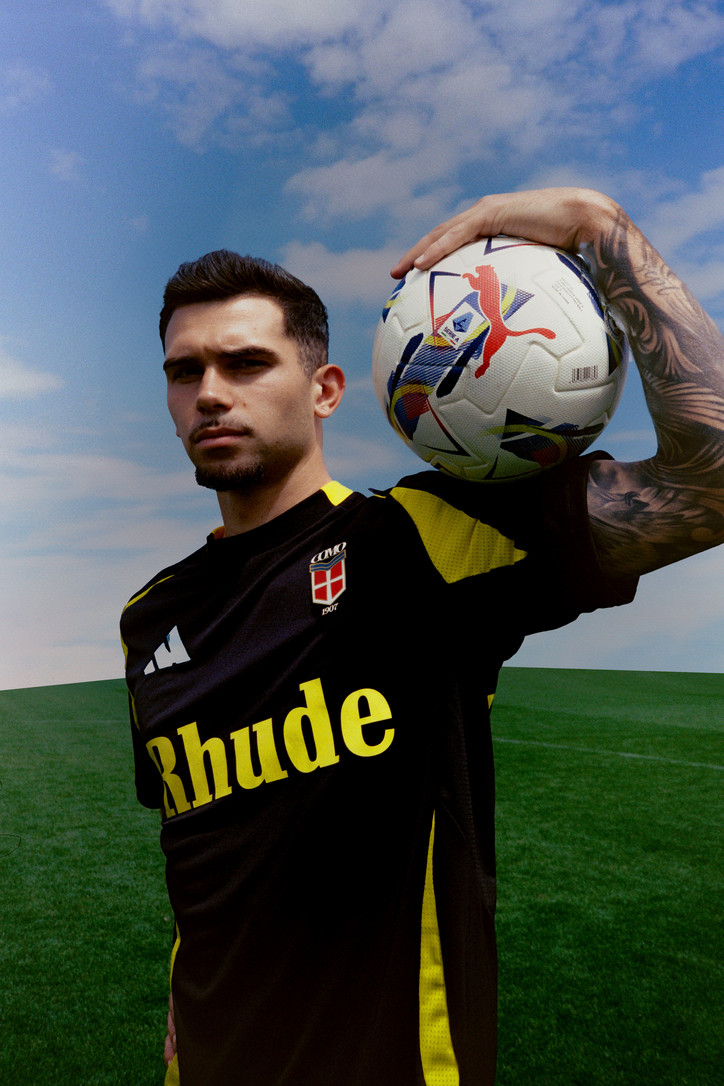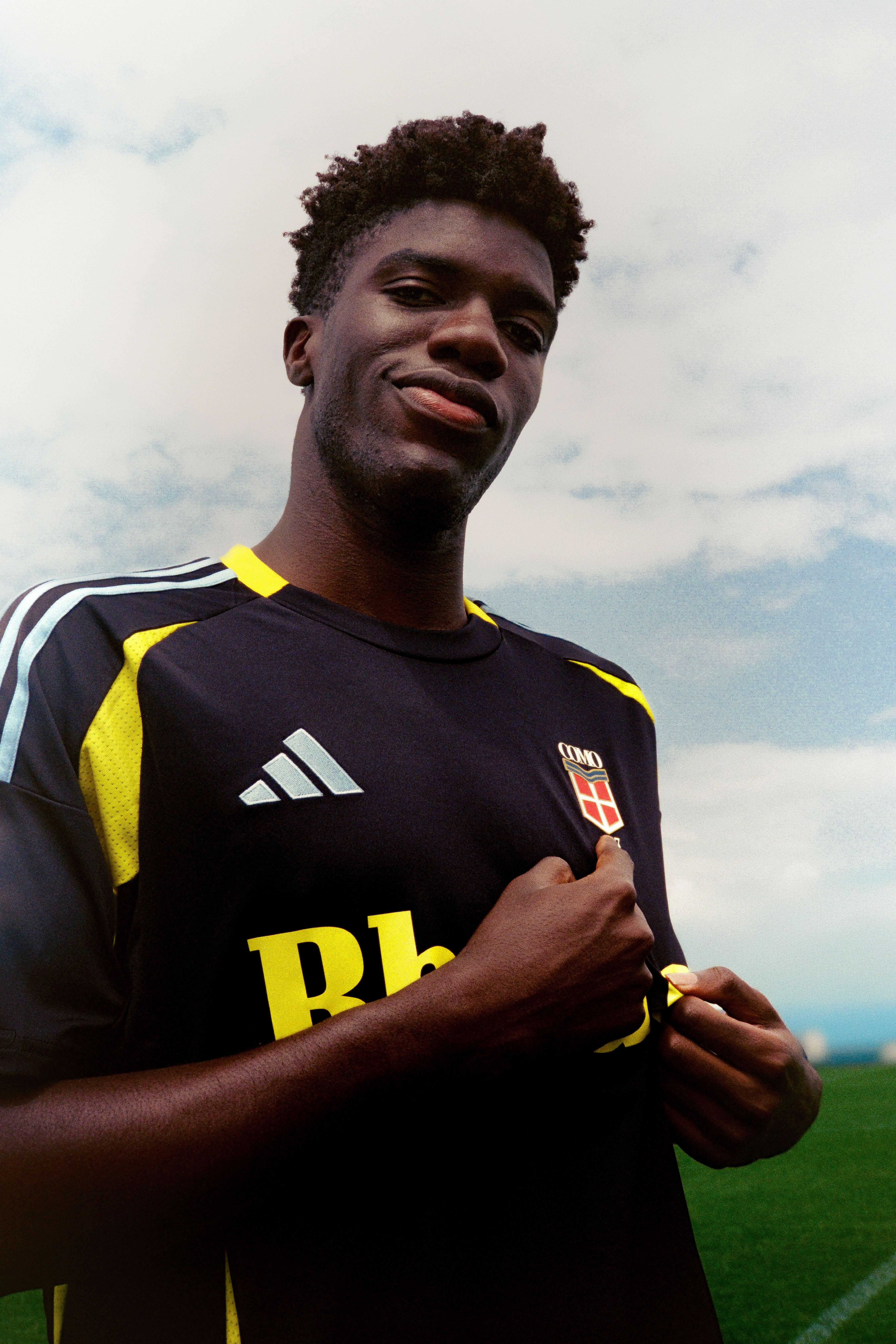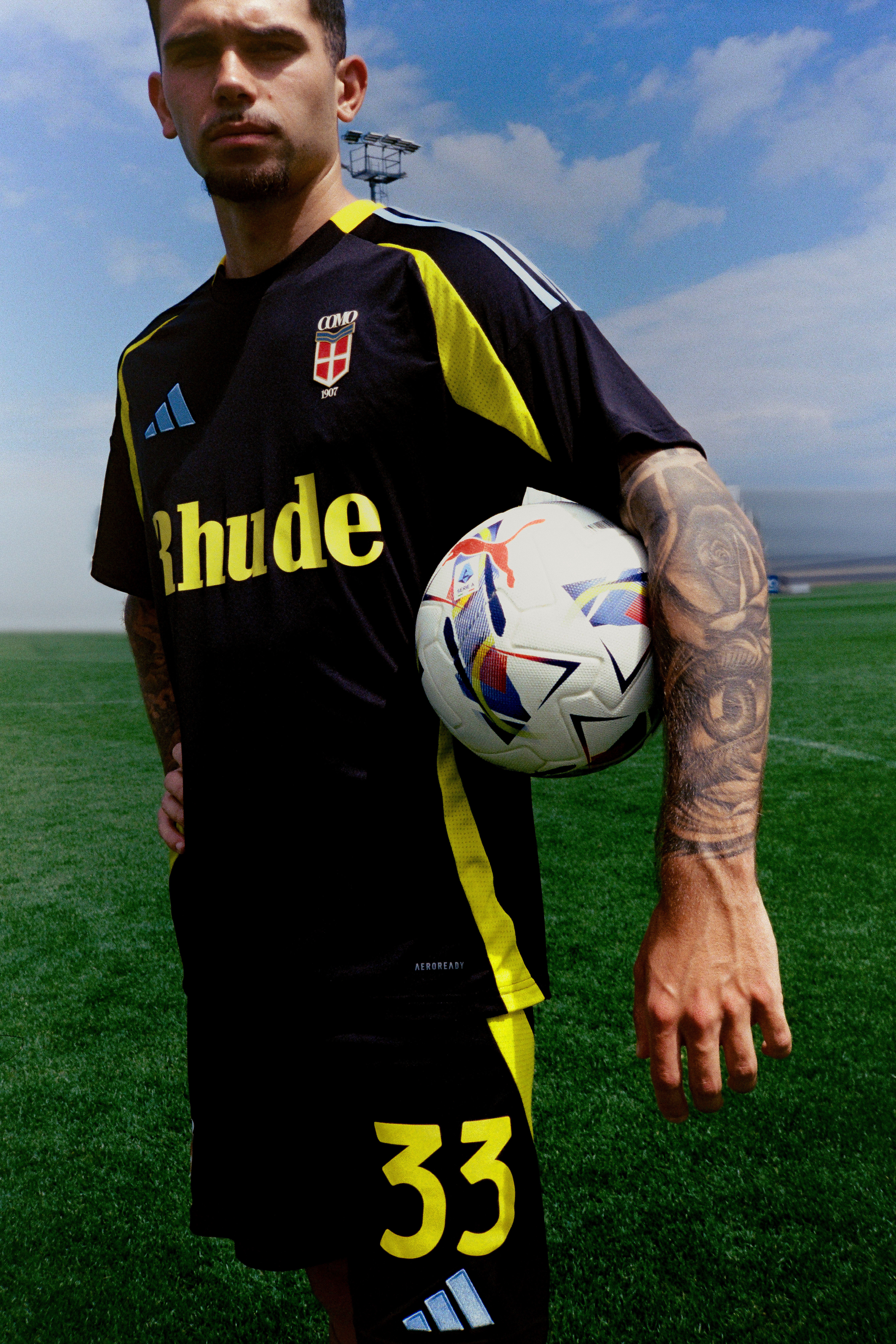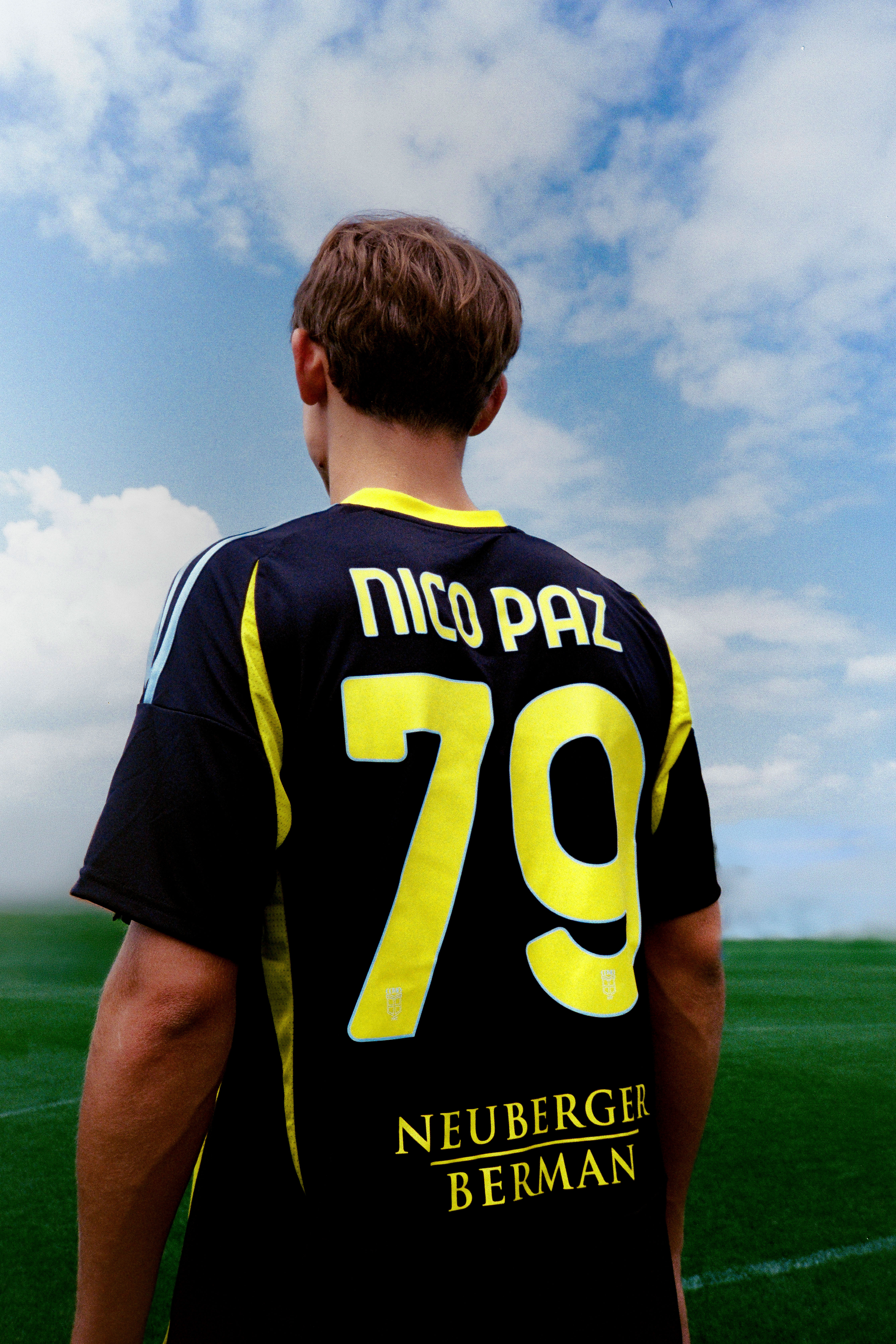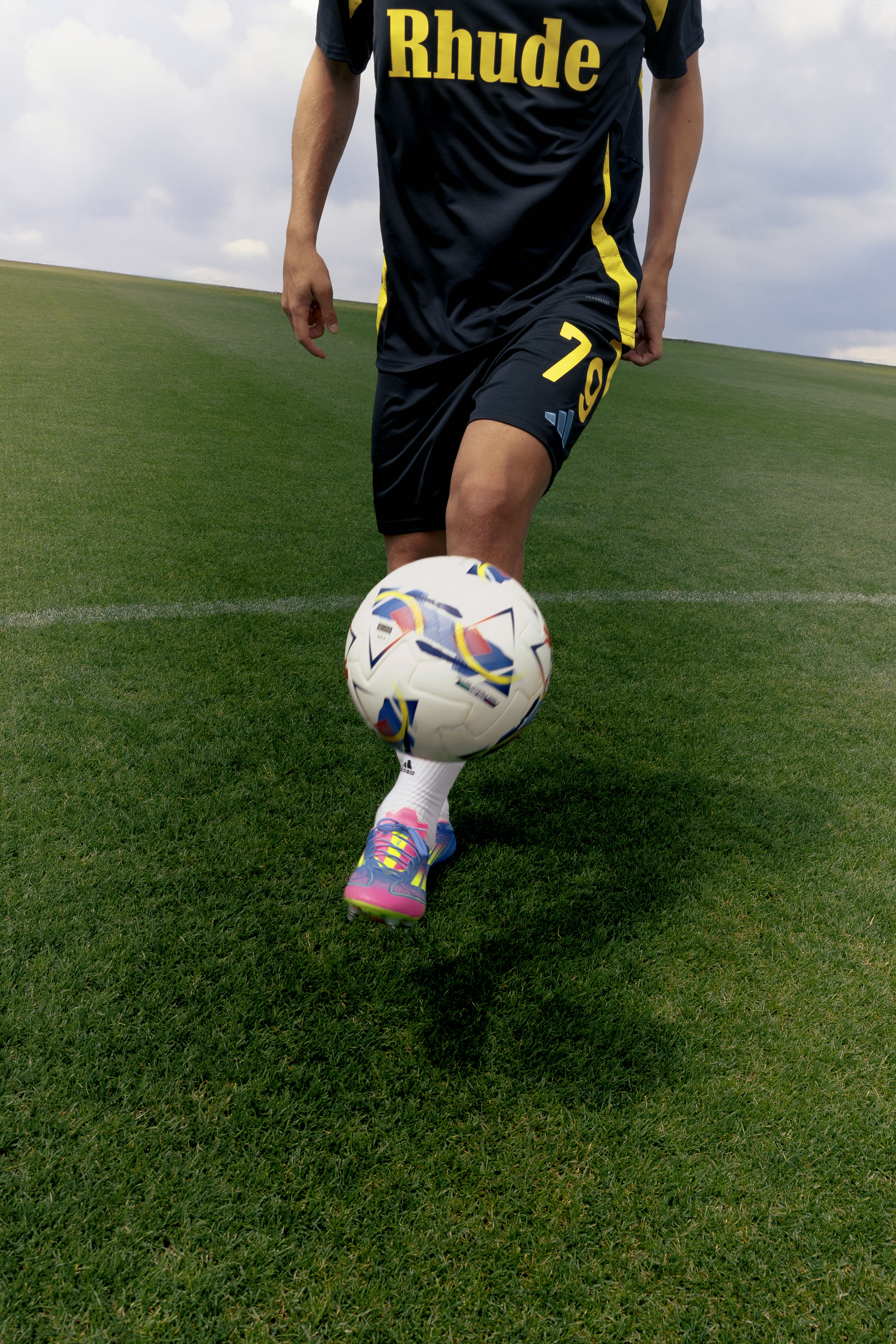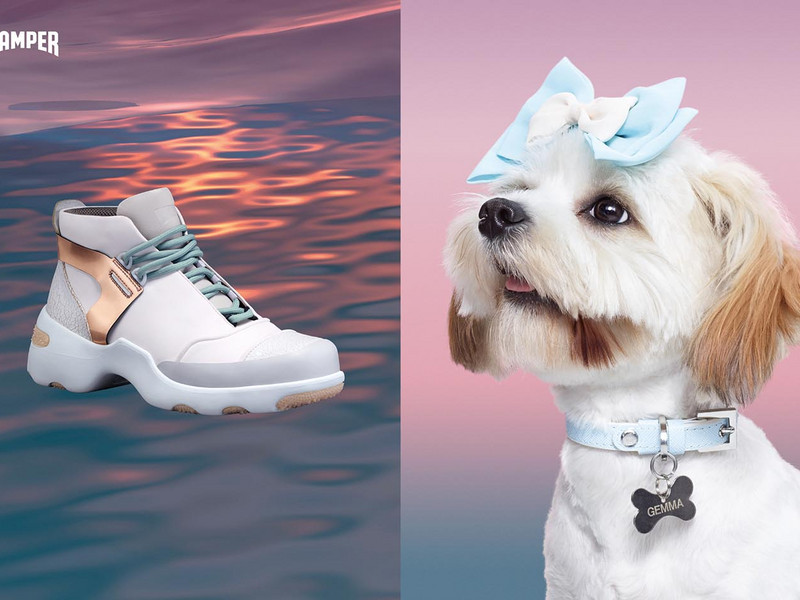Raising Barriers: The Life of Steven Barter
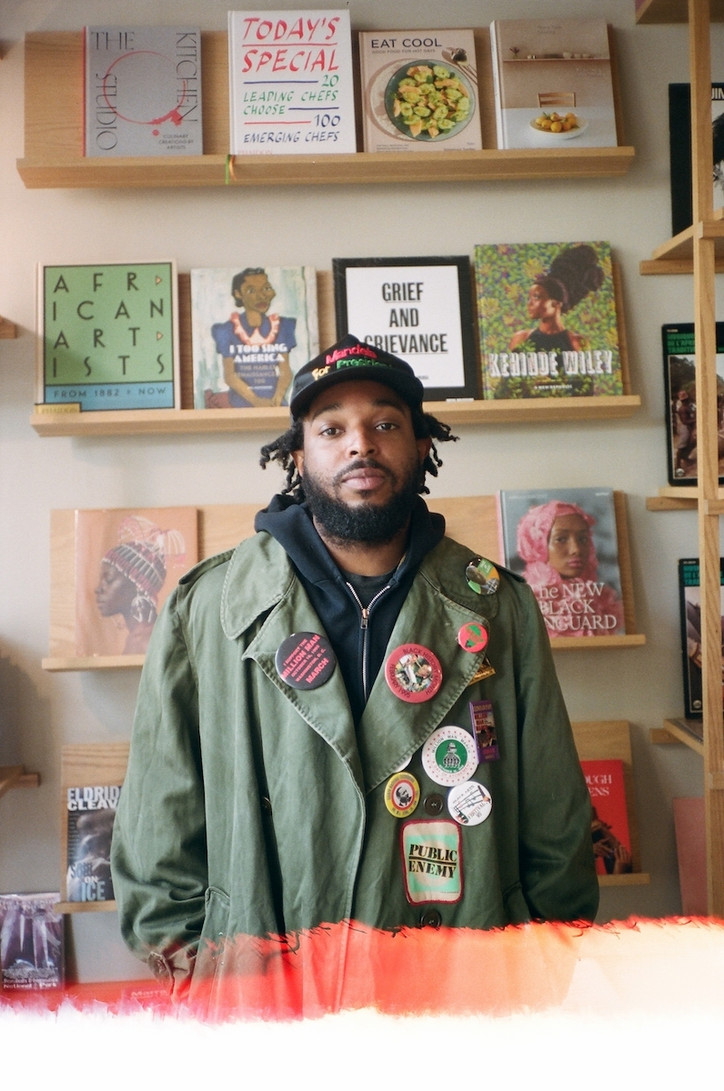
While waiting for the imminent interview, I start checking out the clothes. The moment I touch one of the shirts, my attitude completely changes. It feels special. The material of the clothes is fine, heavy cotton. The patchwork, the embroidery, it’s all incredibly well done. I start pulling out some of the shirts and I’m taken aback by the careful architecture around the iconography of the shirts. Malcolm X. Maya Angelou. Rosa Parks. W.E.B du Bois. They have the energy of thrifted iconography shirts, but the respect and care of talismans.
I start looking around. Who could be the designer? Was he even here? I look through more clothes. Denim collaborations with Murder Bravado’s "Who Decides War". Yankees snapbacks in collaboration with Omi. And it all feels like high design wear. The most care possible was put into every single garment, a refreshing and settling feeling.
Eventually, my colleagues from office arrive, and I’m introduced to Steven Barter, the designer of Barriers. He’s a cheery, calm, and bashful man born in Brooklyn, raised in Far Rockaway and Long Island, and grown in the mid-2010s SoHo scene. He devotes the next hour to chatting with me after I gush to him about his clothes. By the end of it, I wish I had been recording, and we decide to meet after he gets back from a trip to LA to work on a drop he’s working on with Converse. When we meet a few weeks later at his mentor’s restaurant “Aunt and Uncles” in Flatbush, Brooklyn, I figure out the root of his hands-off approach to his brand presentation: he wants the clothes to speak for themselves. His main mission is to “give light to the voices that came before [him].”
Make it new. Make it experimental. Make it different. Make it unlike anything else. It seems within the design world this is the memo circulating from top to bottom. It doesn’t matter if it’s good or bad, just make it new. But Barriers is Barter’s refusal to force a trend, drawing instead from his own history. “Artists, we try to find inspiration from outside of our culture and outside of our homes,” he says, “but when I started my brand I really stared to double back and think about the stuff in and around my house. The portraits from Africa, they’ve been in my home my whole life and I never paid attention to it, but when I started my brand, I went back and wanted to tap into it.”
Barter grew up not only surrounded by Black history but also with deep roots in Brooklyn and a familial dedication to Black history. “My aunt is the principal of the Al Malik Shabazz School in Brooklyn,” he explains. “We talk a lot these days. Instead of looking outside of your house, you need to dive into your house first before you source information on whatever you’re doing.”
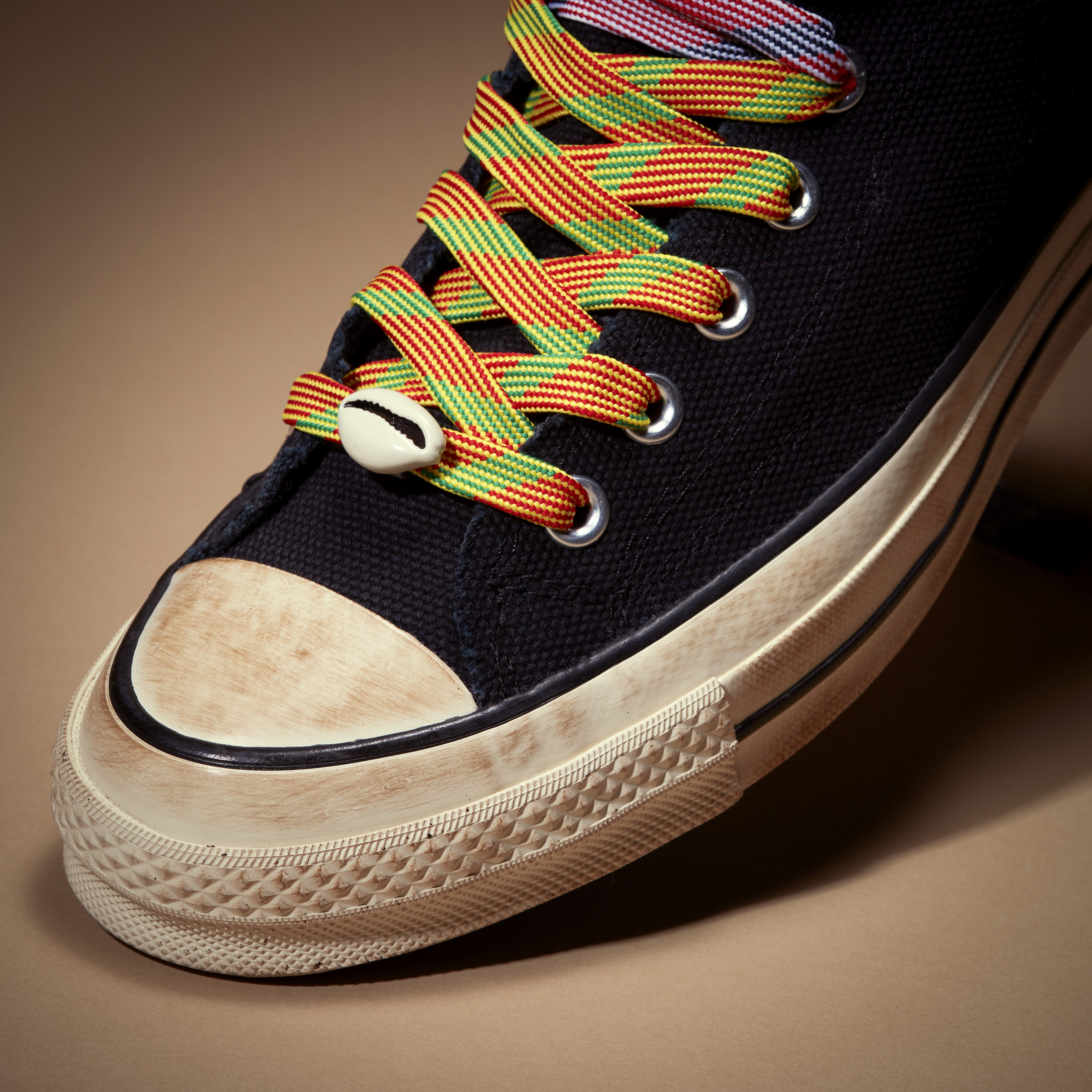
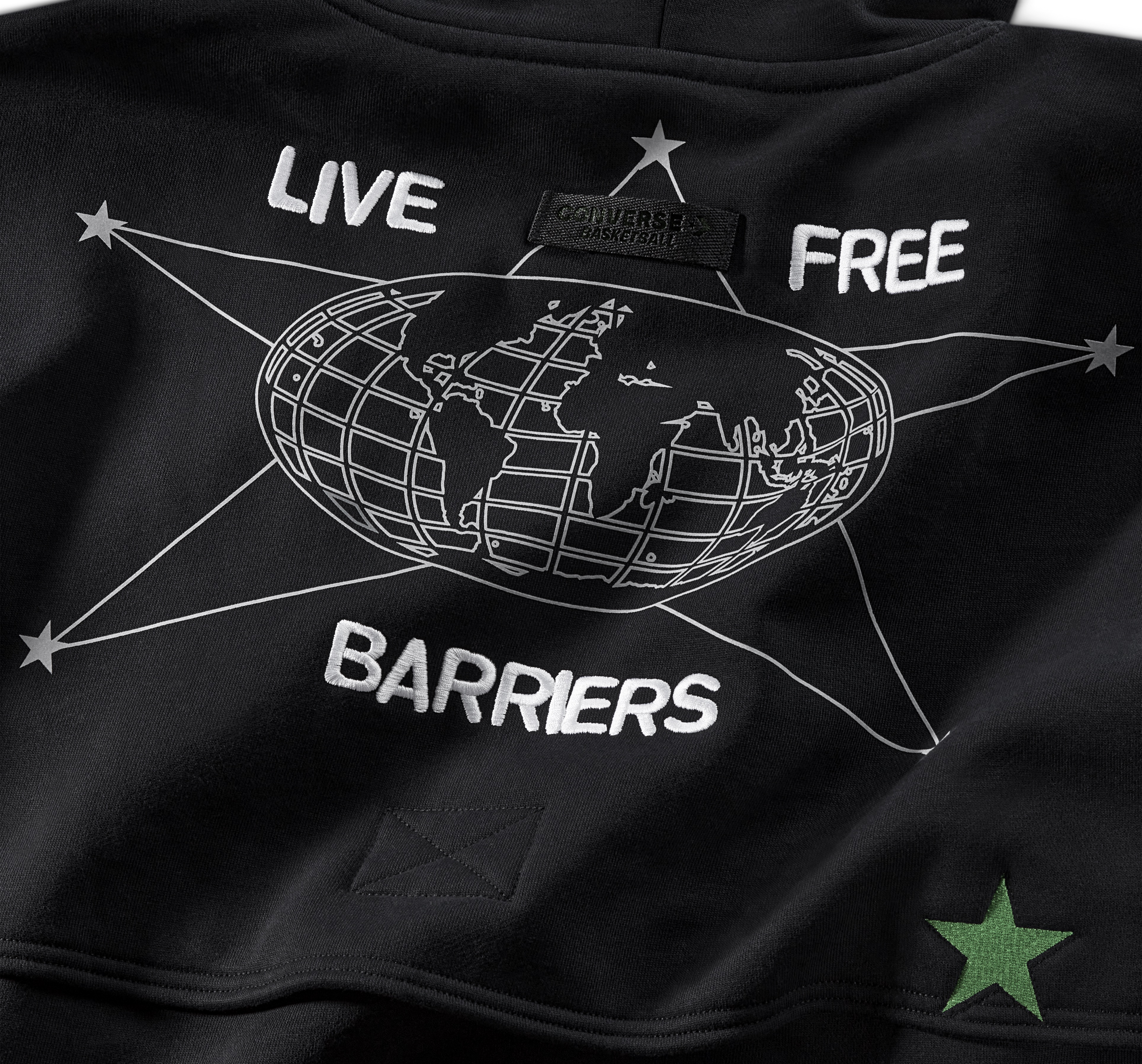
Before he was selling clothing to cultural legends like Kendrick Lamar, Young Thug, and the late Pop Smoke, a fellow Brooklyn Panamanian, he was like a lot of us, young, creatively inclined, and hesitant to work for anyone else. “I was working jobs and was getting fired, quitting, because I didn’t feel happy with it.” He remembers. “I found [my path] from being around people that inspired me a lot.” After graduating high school, he started working retail at Nike in SoHo and attended art school before dropping out, feeling that SoHo and the friends he met in the art scene and Nike were teaching him more than school could. “When I started my brand, I wanted to be storytelling like Nike and Polo.” It was around this time that Barter began his brand Barriers and began to take the jump to follow his higher calling for art and creation.
He fell into the now mythic SoHo scene, spending time with legends, his friends Glyn Brown, Jovon Henderson, Ade Oyeyemi, Alex Williams, Jedi, Biggs, Ken Rebel, and Swoosh God. “We all just stuck together and found ways to monetize our art,” he remembers. “We helped each other. When I moved from Long Island to New York, it felt like a different state. Chilling in SoHo, one, two in the morning, sitting down, talking, getting a dollar pizza. I miss those days and it feels like it was just yesterday. And everything I’m doing now I dreamt of back then.”
I ask Barter if he thinks that era of New York is still around. “It’s over,” he says with immediacy, “Not in a bad way. It’s evolution. It’s growing. But in 2015 you had to prove yourself before you did anything. Before I was a designer, I was a driver and I had to drive these people that inspire you around. I wanted to do it. I had to learn about the fashion scene and New York before anything. I wasn’t getting paid, I wasn’t getting gas money, but I was hustling.” He believes that era has been sidelined by the Internet. “In 2015 people were genuinely friends because we didn’t have anything,” he explains, “so we built a bond but with Instagram it’s all so fast and you don’t know what’s genuine anymore. You guys aren’t going through these genuine experiences, and if you are it’s probably people you grew up with.”
After finding his community in SoHo and building the foundation for Barriers, he flew to Los Angeles with his friend Swoosh God. “It felt like how immigrants must feel coming to America,” he says. “I had nothing when I got there and had to completely restart.” He and Swoosh stayed with the now legendary photographer and filmmaker Aidan Cullen, who at the time was only sixteen. “We clicked immediately,” he says with a smile, “He’s real clumsy like me. His parents opened his doors and arms to us. They believed in us and gave us space.”
It was also around this time that he started living with A$AP Bari and Nast, helping with VLONE art installations. “Living with them taught me a lot about fashion but also about life, being comfortable with who you are as a person,” he remembers, “Without them, who knows where I’d be now.”
Armed with the knowledge Nike provided him, a community of creatives in SoHo, and the mentorship of the established fashion legends, he was able to dive headfirst into creating not just a brand in Barriers, but a dedication to providing idolatry around histories he believed deserving of a modern revival.
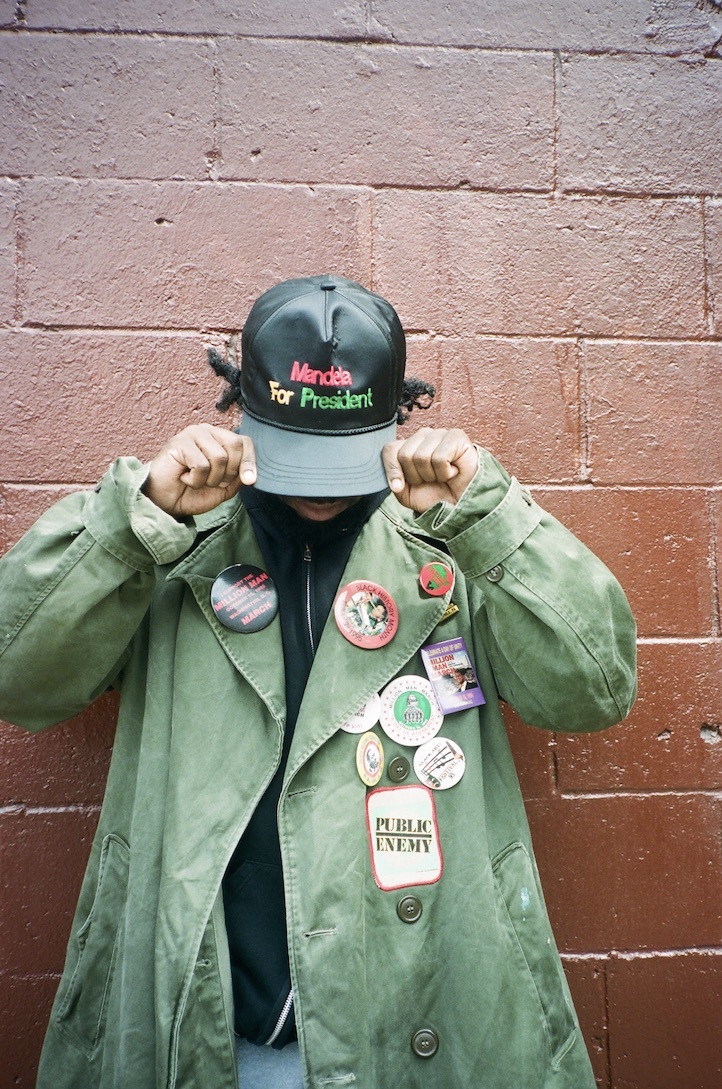

“We didn’t learn about our history,” he says. “We learned about the slaves but not the great things which is how the system is set up. But after college I found interviews that I’m inspired by.” After finishing college, he read “Revolutionary Suicide” by Huey P. Newton and began to carry it around with him, “like how people keep a bible in their back pocket.” After that, he was hooked—he was inspired by other Black revolutionary figures like Bobby Seale and Malcolm X and looked to reading as necessary exposure to histories kept from him. “Reading can do a lot for you,” he advises. “Even if reading isn’t your thing, start small, read articles online, it’s fundamental man, just do it.”
After moving to LA, he started noticing the city’s thrifting culture and the appreciation for graphic T’s of figures come and gone. “I would see people buy a 2pac t-shirt or a Bob Marley t-shirt and I’m like, ‘What the fuck? $1,000 for a t-shirt?’” He remembers. “But they’re not paying for the t-shirt, they’re wearing it for what’s on it and how they make them feel and that’s how I want people to feel when they’re wearing my brand.”
While some brands depend on the logo or the name or the status to inflate the value of individual garments, Barriers centers its identity around every single piece and the history behind the figures. Duke Ellington. Mansa Musa. Marcus Garvey. Barter and his brand don’t need to convince you of their worth—the value comes from a mutual appreciation between brand and buyer of the legends we choose to bring to life in what we wear. “People wear Louis [Vuitton] without knowing who Louis is,” he points out, “and when they wear my brand they don’t even need to know me. It feels luxurious.”
I ask Barter if he wants to keep Barriers focused on Black history or if there are other realms of history he wants to explore. “I’m interested in all history.” He says with an eager smile. “There’s so much Black history I have left to learn, but I want to know about all people. I have so many friends with so many backgrounds and I want to learn about them all.”
About a month after the first popup, Barter invites me to another popup at the same location, a collaboration with Converse featuring a Chuck 70 and Pro Leather edition with an aged design, four sets of shoelaces, and a comic written by Barter and collaborator Omari Malik. I enter the popup and I’m immediately taken aback—a full store recreation of a rainforest with shoes hidden in the staging. I don’t know how, but it feels like I’ve left New York’s climate for one of an actual rainforest. Apparently, it was all constructed in three days.
I ask if anyone knows where Barter is and they tell me he’s across the street. I step out and find him, surrounded by young fans asking him to sign their sneakers. One person comes up, nervously but passionately telling Barter about his brand. Barter smiles up at him from his chair, tells him to bring by some of his clothes tomorrow, and asks for his Instagram. Years of hustling, dreaming, and succeeding has led to a sense of stability where he now is able to receive someone with the same desire to tell a story to as many people as possible through his clothing.
“Signing shoes, signing comics, signing babies,” he says, jokingly, though, there are people standing around on this hot July day, pacifying their babies, chatting with each other under the calming New York evening sky. “You look around, you think you’re in Harlem. We brought it to SoHo. But it’s not even a Black thing. Obviously it’s Black made, but I make clothes for everyone. That’s why there’s the North Star on the show. It’s important to Black history, but everyone can see the North Star in the sky, everyone uses it. I want to be a North Star to everyone.”
We get a couple of slices of pizza together and discuss the article. “Really at the end of the day, none of this is about clothes,” he says. “We need to make clothes to make the real dreams happen. I’m about to go to Africa, to Ghana, I’m going to give away as much as I can, that’s why I’m still doing it at the end of the day. Next step is figuring out how to move beyond clothes. We have enough clothes—we need to find ways to help people with the excess. That’s the next mission.”
And at this pace, I don’t doubt he’ll get there.
